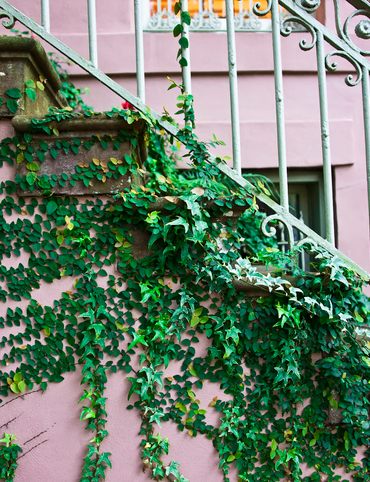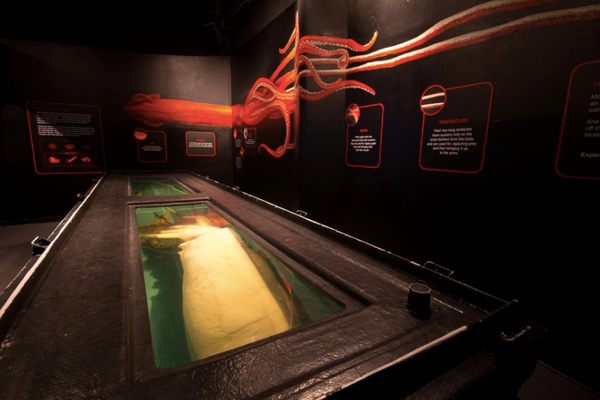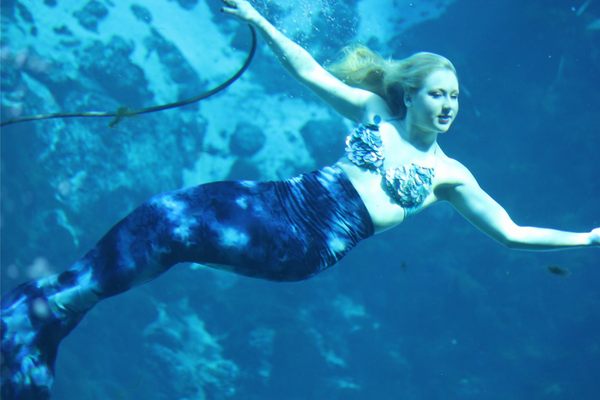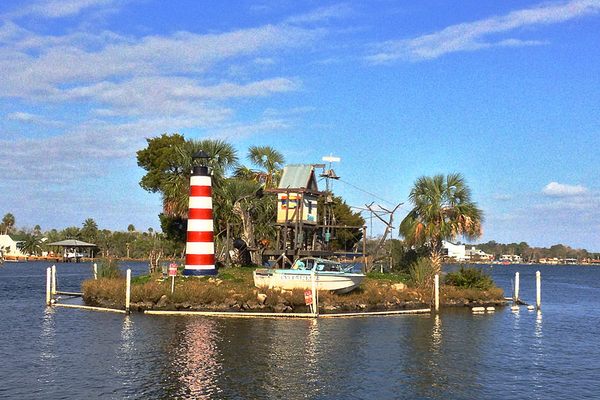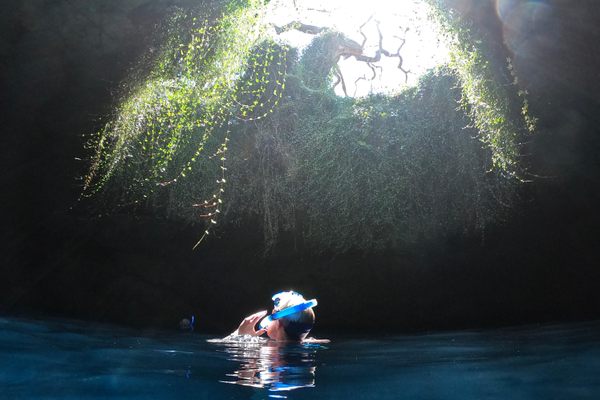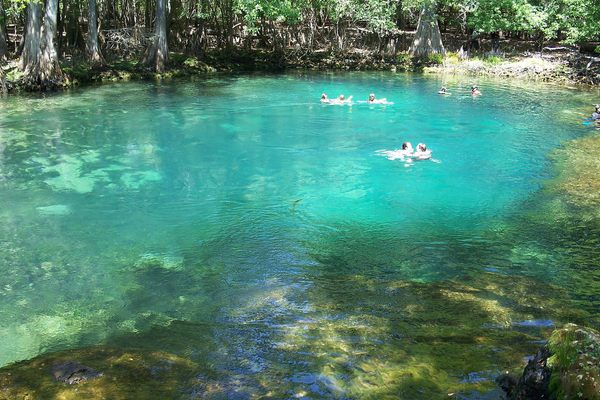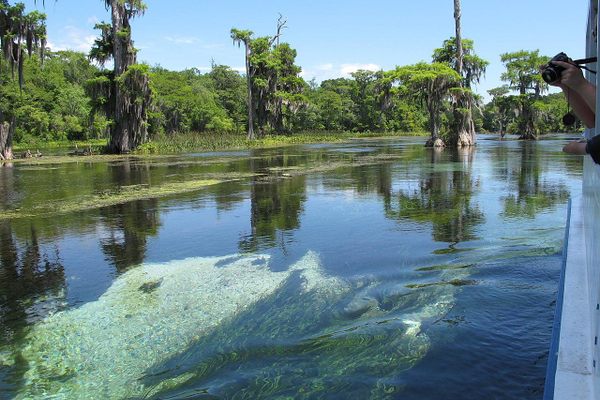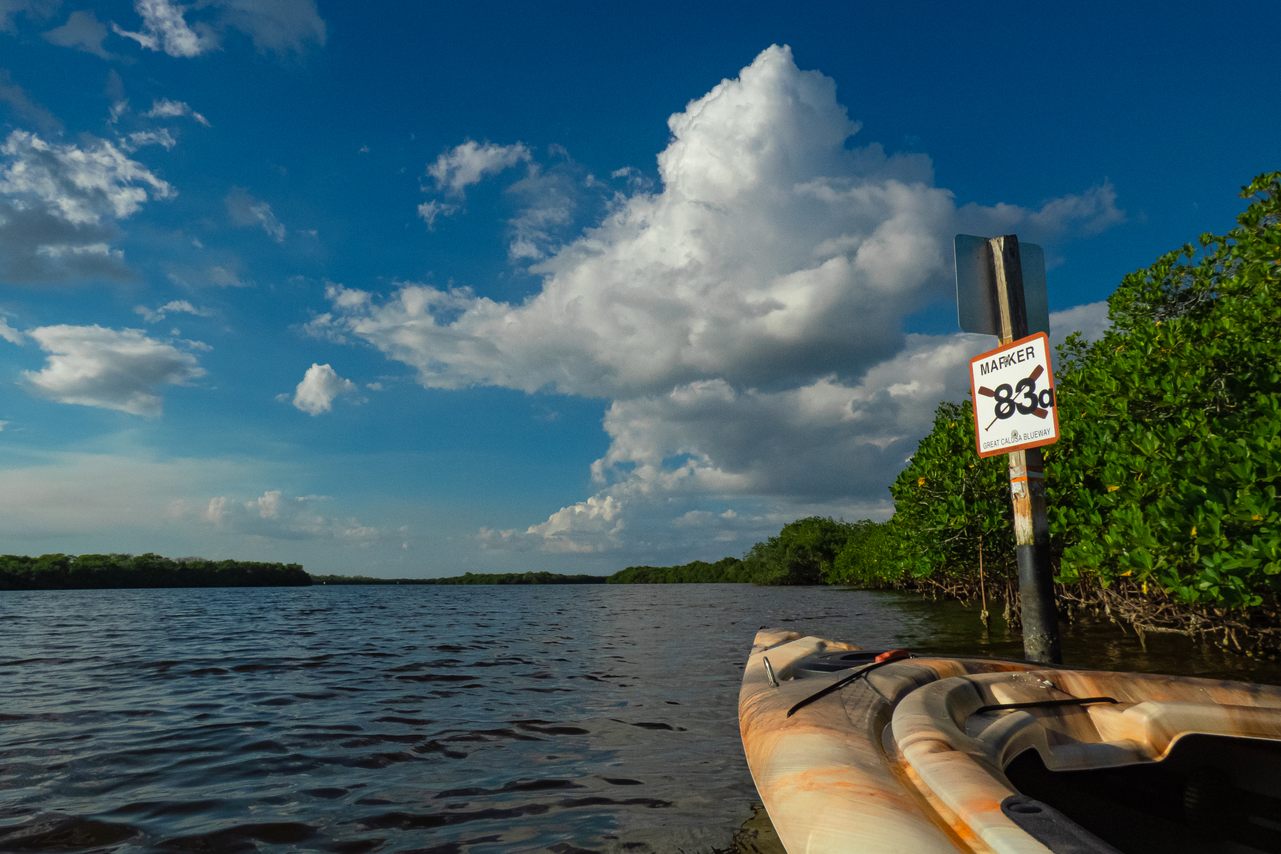
1. The Great Calusa Blueway
For inland states, hiking trails make mountains, valleys, and deserts accessible natural playgrounds for the outdoorsy among us. In Florida’s case, its endless waterways are made enjoyable by programs like the Blue Calusa Waterway.
This network of inlets and rivers off of Cape Coral—where several islands just off the coast converge at the intersection of an inland estuary—forms nearly 200 miles of marked saltwater kayaking and canoeing “trails” broken into three sections. Visitors can meander through the dense mangrove forests of Pine Island Sound; check out ancient Native American shell mounds at Mound Key or find a private island in Estero Bay; or go dock-hopping and creek-seeking along the Caloosahatchee River and its tributaries.
You don’t have to be a professional paddler (beginners welcome) to enjoy any of the Blueway’s routes, but you may want to brush up on your Florida fauna if you want to identify any of the manatees, dolphins, and birds you’re likely to see along the way. With about 40 launch points along the sprawling network, there’s plenty of ways to cruise the Calusa on your way through Cape Coral.

2. Warm Mineral Springs
The Sunshine State is home to more than 1,000 natural springs, but only one with naturally occurring mineral properties—an ancient water feature whose unique mineral makeup has changed the very town around it in ways you might not expect.
Around 30,000 years ago, the springs were actually a subterranean cave, evidenced by stalactites and stalagmites found deep underwater. Further mid-century, archeological dives uncovered the bones of prehistoric humans, giant sloths, mammoths, and mastodons as well, preserved by the 6 million gallons of mineralized water that gushes forth on a daily basis. While the spring may or may not be the “Fountain of Youth” that Juan Ponce de Leon so eagerly sought centuries ago, its purportedly restorative properties are certainly of international consequence. Since its early days as an attraction in the 1950s, immigrants from the many bathing-adjacent cultures of Eastern Europe began retiring or relocating here just for the springs, which boast over 50 mineral components and hover around 84°F year-round. So consistent was the draw, that Eastern Europeans now make up a significant portion of the local population.
To bathe like a local, come with a bathing suit, towel, bucket hat, and pool noodle (and maybe brush up on your Russian). Regulars will amble clockwise in groups along the outer edge of the spring—getting the blood flowing and trading town gossip—before wading out to the center of the spring to float in stillness, taking in the sun and absorbing rare minerals in their quest for eternal youth.
12200 San Servando Ave North Port, FL
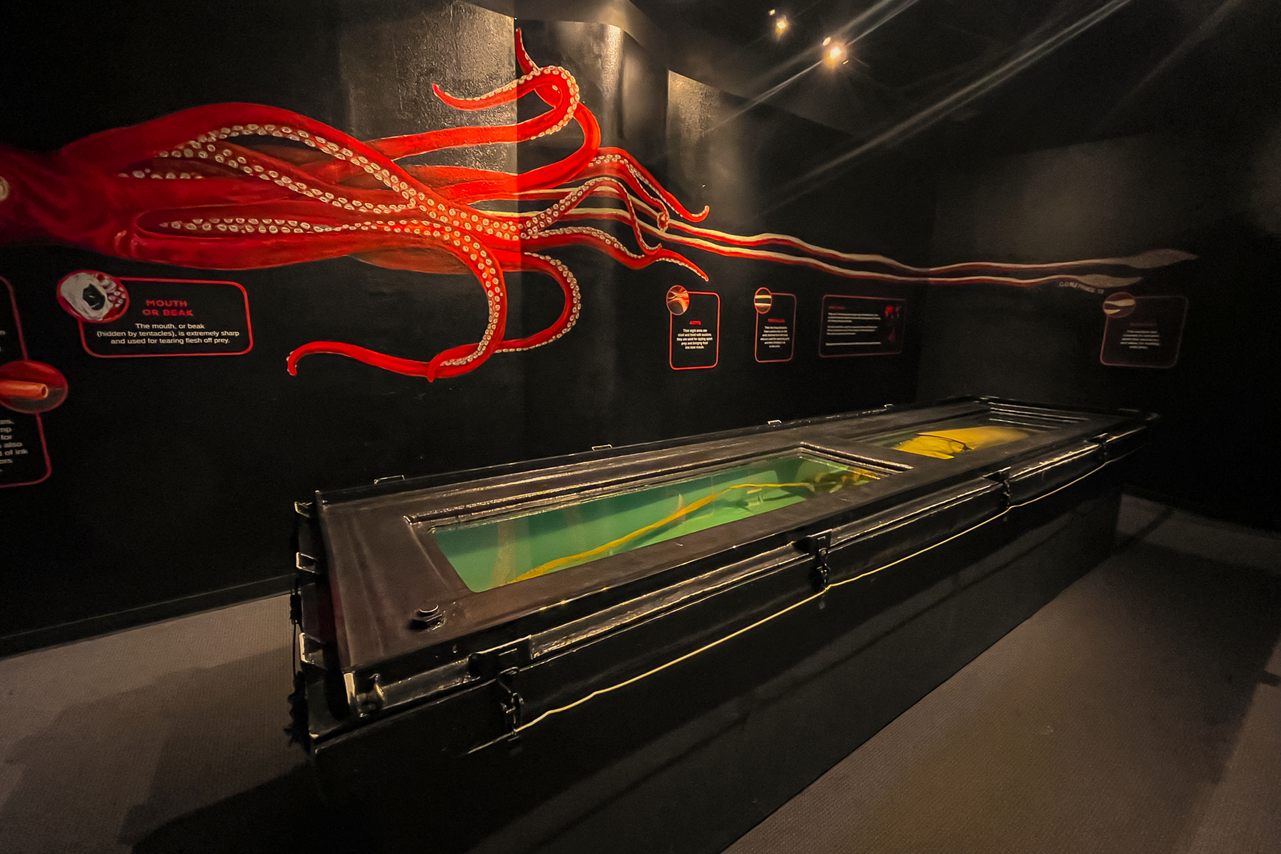
3. Molly the Mollusk
Between VR experiences that allow visitors to swim with humpback whales and tiger sharks, and touch tanks housing stingrays, sea cucumbers, and starfish, the Mote Marine Lab & Aquarium is both vibrant and interactive. Perhaps the aquarium’s most fascinating specimen, however, lies in a formaldehyde bath.
As cute as her name may be, Molly the Mollusk is no one you’d want to run into in the open ocean. She’s a 27-foot long giant squid accidentally caught off the southern coast of New Zealand in 1999. While she died in the accident, her remains were donated to the Mote Aquarium, where she rests to this day in her very own dedicated space.
She now floats in an elongated, formaldehyde-filled tank, within a room whose walls outline our long-held fascination with deep-sea life and the lore that it created before specimens like Molly became accessible to us land-dwellers. Even behind thick tank walls, having been deceased for decades, an up-close look at her sheer scale is enough to give one pause.
If her slumber is too sedate, try the more active outdoor tanks to come face-to-face with an array of sharks, sea turtles, and manatees.
1600 Ken Thompson Pkwy, Sarasota, FL
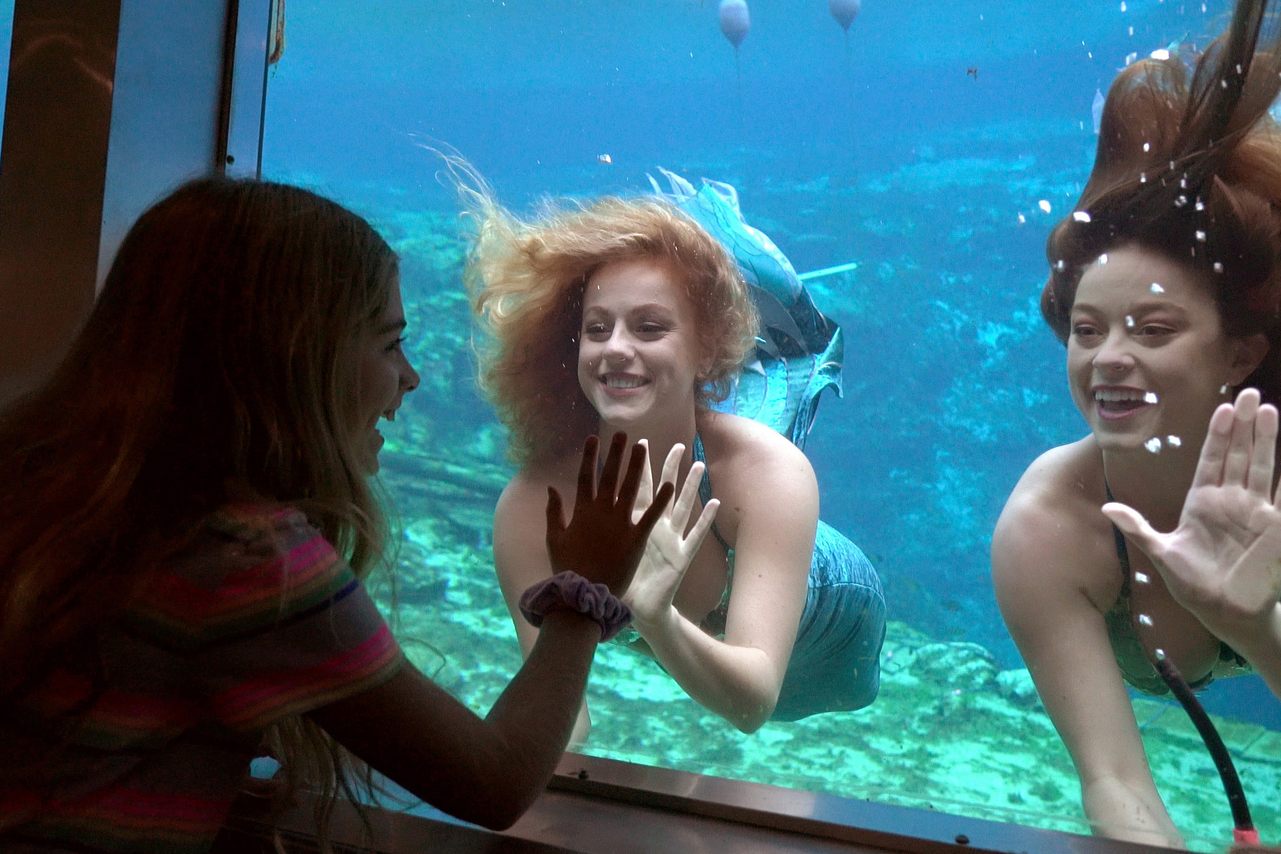
4. Weeki Wachee Mermaids
In Florida, mermaids are real. So are mermen. In fact, they perform twice daily at Weeki Wachee Springs State Park—and you don’t even have to hold your breath to watch the show.
This tiny town has been home to its very own troupe of mermaids since the 1940s, when a retired naval officer devised a clever way to breathe underwater without the fuss of scuba gear. The mermaids perform with long rubber hoses hooked up to air compressors, taking discreet sips of air throughout their repertoire of shows—of which the Little Mermaid is a reliable centerpiece. And while it may appear that the show is taking place in a tank, it’s actually a somewhat naturally occurring “stage.”
The Weeki Wachee mermaids perform in a 185-foot deep spring whose crystal clear waters bustle with ambient sea life—it’s the 400-seat theater, rather, that’s built into the side of the spring. Fish, turtles, and even manatees have been known to make surprise appearances in daily showings.
Weeki Wachee offers a timeless slice of Americana and one that aspiring mermaids and -men the world over have long sought to achieve their inner fish.
6131 Commercial Way, Spring Hill, FL
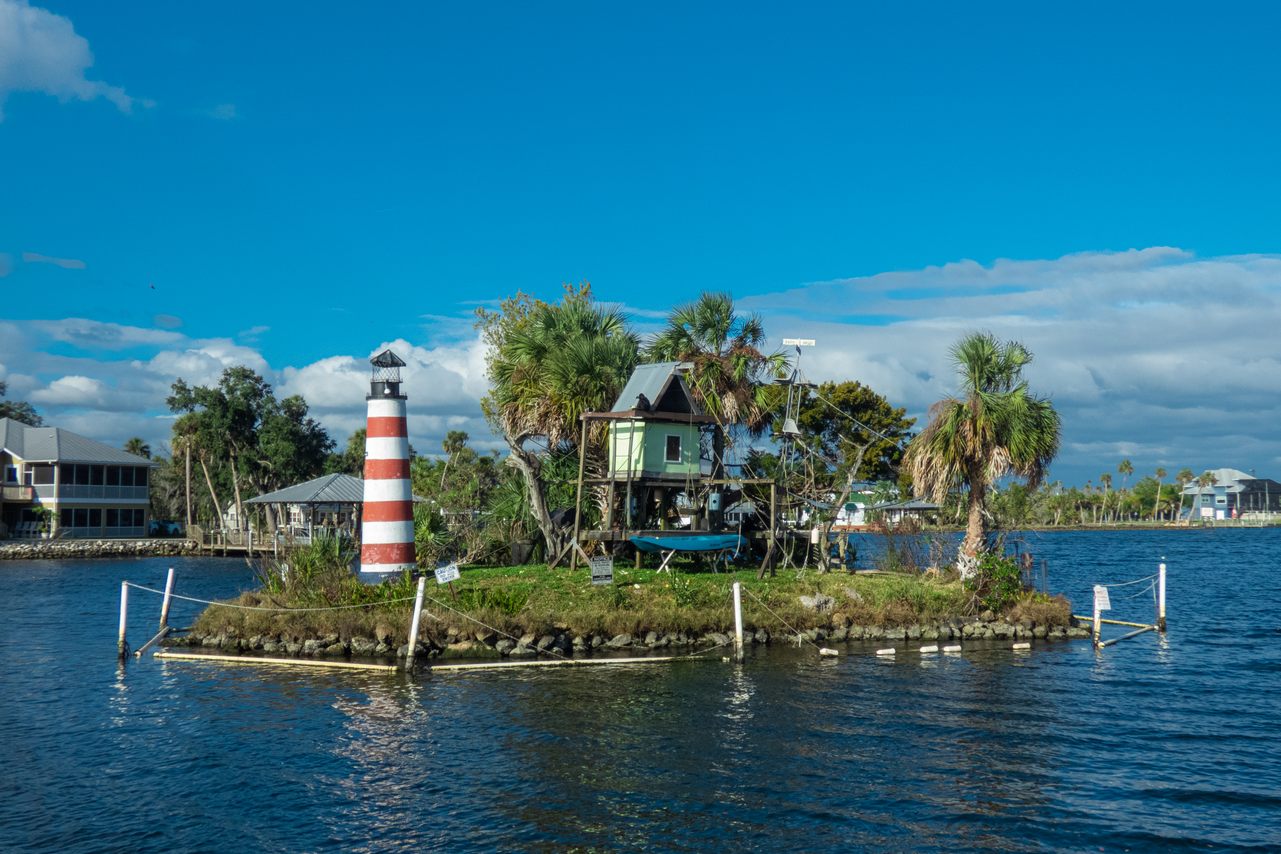
5. Monkey Island of Homosassa
The vegetated outcropping now known as “Monkey Island” was once simply a pile of submerged rocks in the Homosassa River on which local boaters frequently ran aground. While accounts differ, it seems the fumbling of one man’s solution turned this mere inconvenience into both an even greater inconvenience and a home for a handful of spider monkeys.
It started in the 1960s. Filling out the rock pile with dirt—so as to make the hazard visibly unmissable—seemed simple enough, but when an overzealous work crew piled on too much dirt, the island was born, warranting a lighthouse to warn boaters of the larger hazard this botched solution created. At around the same time, monkeys recently introduced to a nearby nature attraction began to prove a nuisance, pickpocketing visitors and stealing candy from children.
The monkeys were therefore banished to this accidentally created, unpopulated tiny island, which was summarily bedecked with palm trees, rope swings, hammocks, and several platforms on which the island’s newest residents could live and play. Today, visitors can see Ralph, Ebony, and Emily—descendants of the island’s first inhabitants—sauntering about their private property, feeding several times daily on a dedicated volunteer’s menu of bananas and vegetables.
While visiting the island is strictly prohibited, boaters and paddlers are free to circle the island to catch a glimpse of the monkeys' quotidian life up-close. For the boatless, the riverfront Monkey Bar—a mere 40 yards from the shores of Monkey Island—serves a mean pizza and a spread of local brews.
5297 S. Cherokee Way, Homosassa, FL
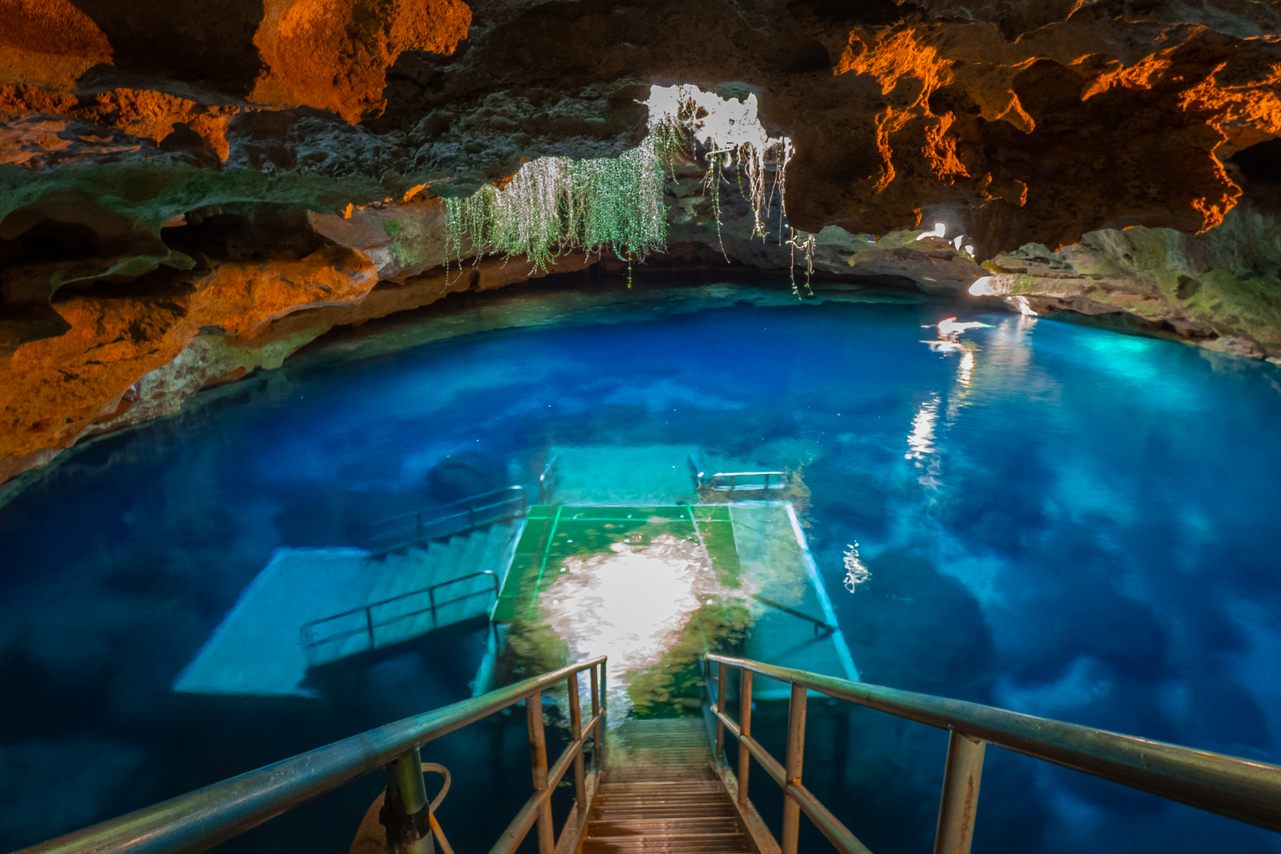
6. Devil’s Den
Driving down the long, rural straightaways of Williston, Florida, you might be surprised to see a red-and-white scuba flag proudly waving beside a sleepy dirt road. It’s 50 miles from the coast and even farther from the closest lake, but in Florida, water always finds a way.
This truly one-of-a-kind diving facility sits within a karst window, in which the roof of a 75,000-year old subterranean cave has collapsed, exposing the previously underground aquifer to the surface. In other words, it’s a water-filled cave with a window in the center of the roof. Rich sunlight and lush vegetation spill into the cave, illuminating the waters below to a radiant, Neptune blue. On “cold” winter mornings, the warmer 72°F water escapes the cave in the form of a hellish-looking steam, hence the name “Devil’s Den.”
Visitors with scuba certifications may explore depths of up to 54 feet (and even deeper following big rains), with the only rule being that any fossils found must remain in place. Those with snorkeling gear are also welcome to explore shallower depths of this ancient water feature.
5390 NE 180th Ave Williston, FL
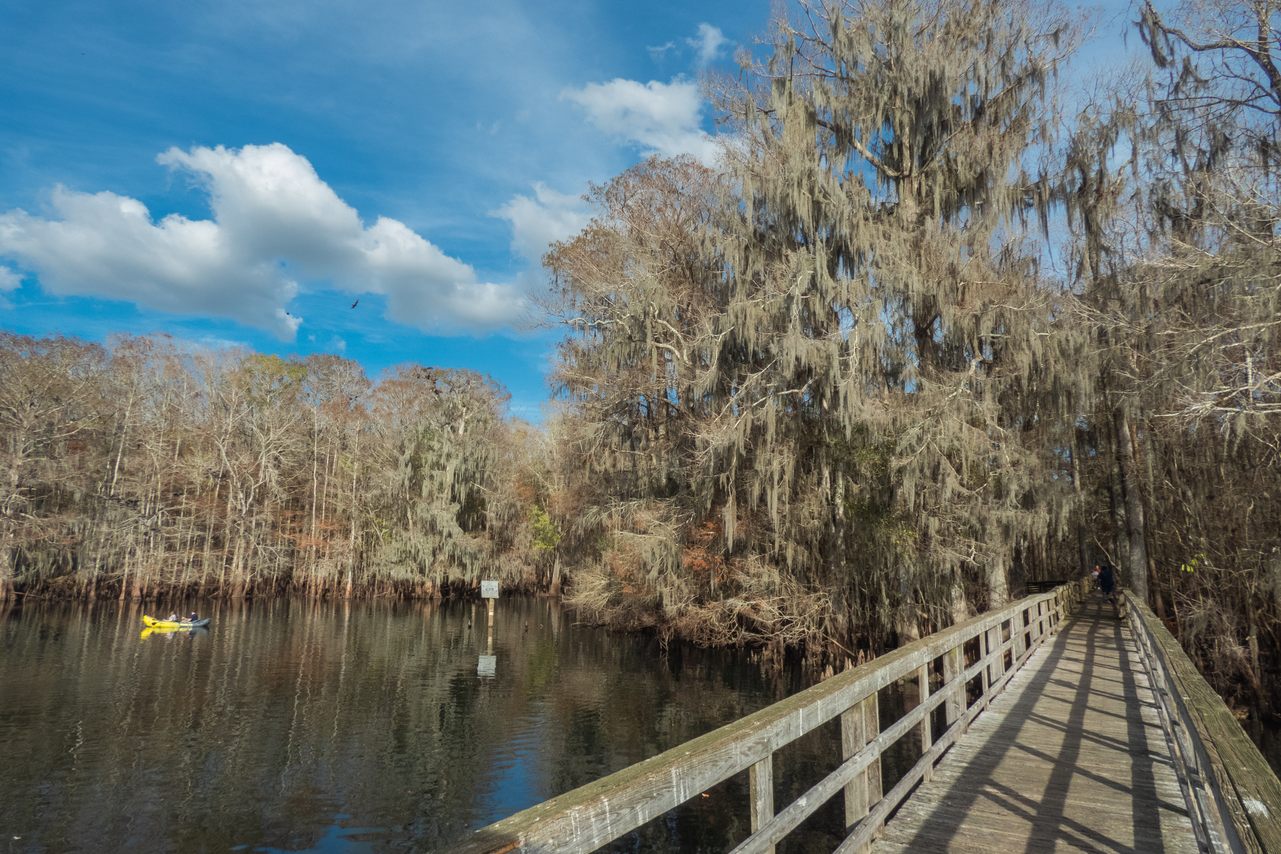
7. Manatee Springs
Much like Devil’s Den, the spring-fed waters here remain a steady 72°F year-round, but this water system attracts an altogether different mammal than human divers: in the colder months, the waterways of Manatee Springs are teeming with 10-foot long, half-ton West Indian manatees keeping warm when the Gulf gets brisk.
The springs here are first-magnitude, meaning that every day, about 100 million gallons of freshwater are pumped into the area, making this National Natural Landmark a long-popular swimming spot for visitors, that is, until the cold comes and the manatees take over. While swimming during colder months is prohibited, visitors are free to kayak with the manatees, creatures known for being social and largely undeterred by human activity.
The park also offers 8.5 miles of riverside trails through ancient cypress forests dripping in Spanish moss that visitors can traverse in search of not only manatees but also largemouth bass, alligators, and a rotating cast of seabirds.
11650 N.W. 115 Street, Chiefland FL

8. Wakulla Springs State Park
The spring vent that feeds this state park’s waterways is first magnitude as well, only this one is a bit bigger. In fact, the Wakulla Spring is both the deepest and most prodigious freshwater spring on earth.
Over one-third of a million gallons of water burst from Wakulla Springs every day. Put another way, it could fill an Olympic swimming pool every three minutes. This robust watering hole has fed life for more than 12,000 years, evidenced by ancient man-made Clovis spear points as well as the fossils of mastodons, giant ground sloths, and sabre-tooth tigers found in its depths. With designated swimming spots, dive towers, and an on-site eatery, the park that was built around the springs continues to attract human life, and the preservation of a 6,000-acre wildlife sanctuary has kept it a popular spot for local fauna as well.
Boat tours are the best way for visitors to take in the breadth of Wakulla’s deep bench of fauna, which includes (but is not limited to) alligators, manatees, turtles, anhinga snakebirds, ospreys, great egrets, and blue herons. One specific length of the tour nicknamed “The Jungle”—framed by swamp cypresses and Spanish moss—was the filming location of both Tarzan (1941) and Creature from the Black Lagoon (1954).
Visitors can swim, soak, and sun on a small beachfront near the superlative spring, though there’s also a 20-foot high diving platform if you want to kick things up a notch.
Wakulla Springs, 465 Wakulla Park Dr, Crawfordville, Florida, United States
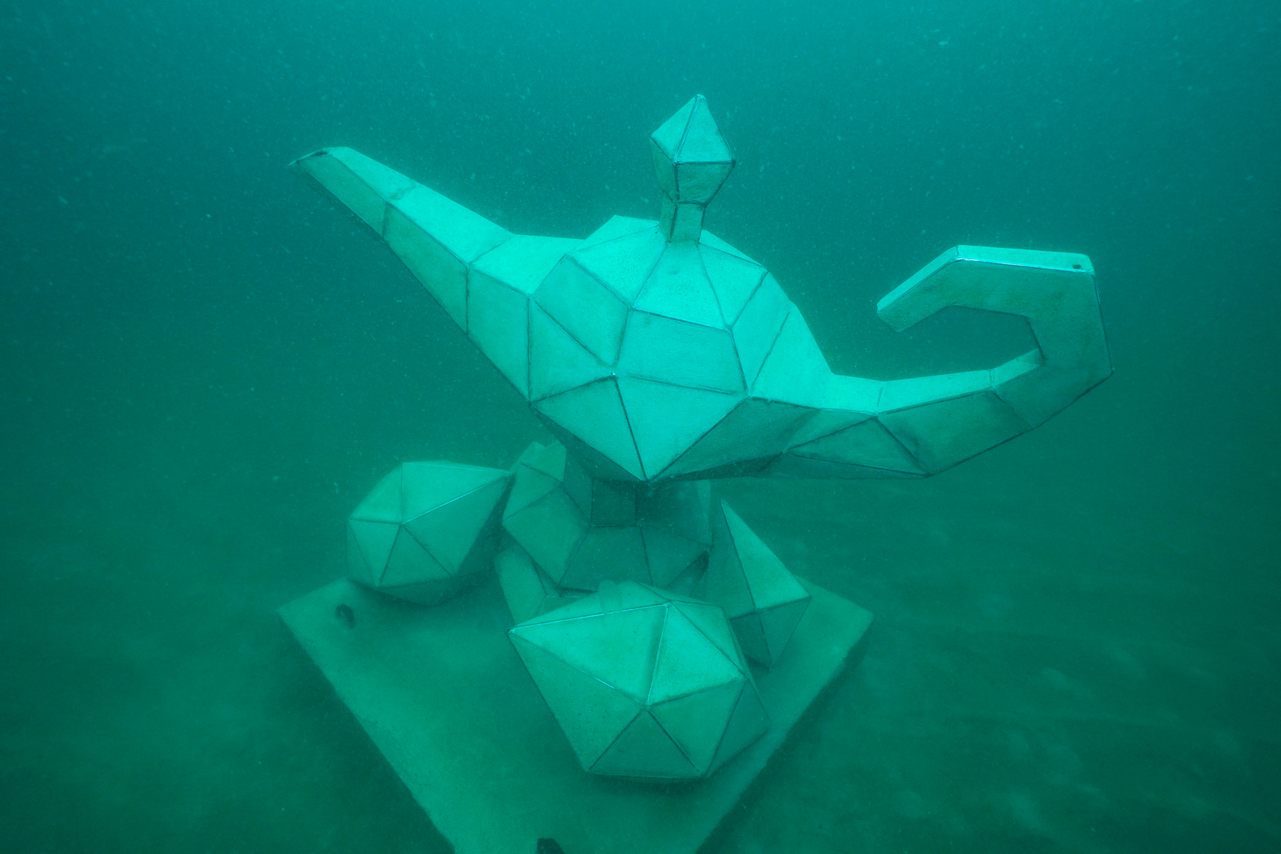
9. Underwater Museum of Art
Standing on the shores of any great body of water, it’s a wonder to think of the mysteries lurking beyond our sights in the depths below. If you’re standing on the shores of Grayton Beach State Park in Florida’s Panhandle, for example, you’d never guess you were looking out at the first underwater sculpture garden in the country—but indeed you are.
One mile out and 58 feet below the water’s surface, a juried selection of sculptural works drawn from artists throughout the world sits in a meticulously curated art garden. The work is not only rotating, but even within each display’s lifetime, ever-changing as well: in time, marine life transforms each piece into an altogether new work of art, a slow and unwitting collaboration between man and animal. In fact, with the Gulf coastal waters being 95 percent sand flats, the deployment of hundreds of yards of new surface area has proven to expand fisheries while providing a source of bio-replenishment for crustaceans and other bottom-feeders.
The museum is currently accessible only as a diving location, though snorkelers may enjoy the garden from a distance as well.
105 Hogtown Bayou Lane, Santa Rosa Beach, FL
It’s easy to see that the best part about a family vacation in Florida is, well, everything. Explore more.

Gastro Obscura’s 11 Essential Places to Eat and Drink in Bangkok

Gastro Obscura’s 10 Essential Places to Eat and Drink in Rome
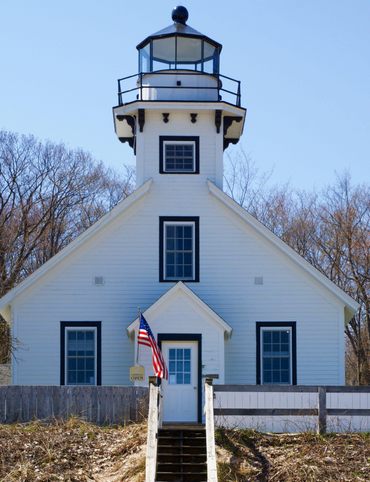
The Explorer’s Guide to Road Tripping Around the Great Lakes

10 National Parks That Are Perfect for a Road Trip
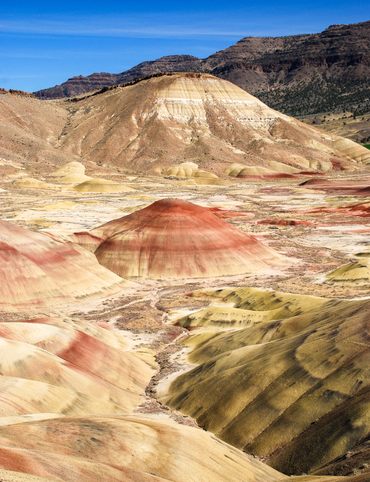
10 Out-of-This-World Places You Can Reach in Your Car
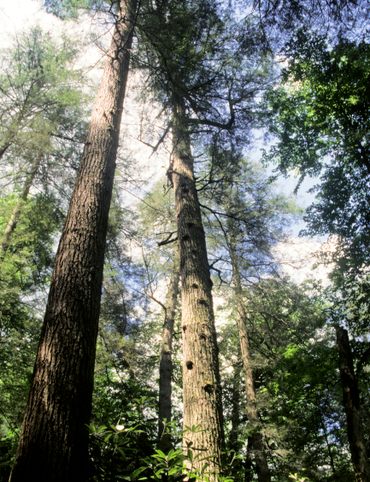
The Explorer’s Guide to Road Tripping Around Appalachia
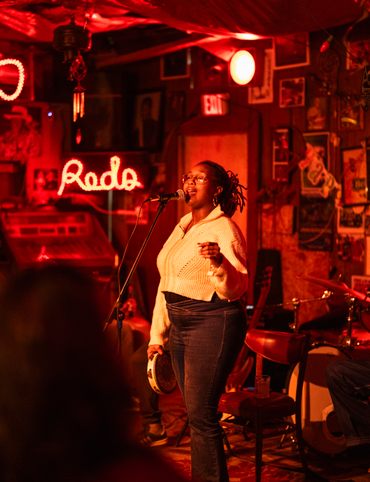
The Explorer’s Guide to Road Tripping Down Highway 61
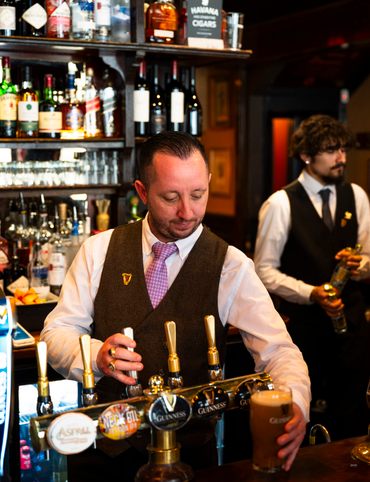
Gastro Obscura’s 10 Essential Stops on an Alternative London Pub Crawl
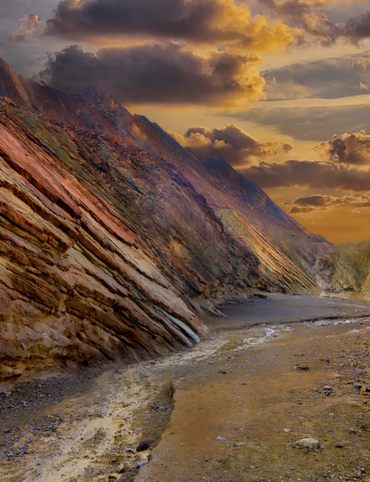
The Explorer’s Guide to Joshua Tree National Park
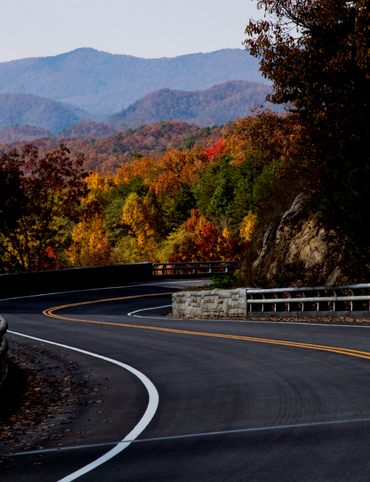
The Explorer’s Guide to the Great Smoky Mountains National Park
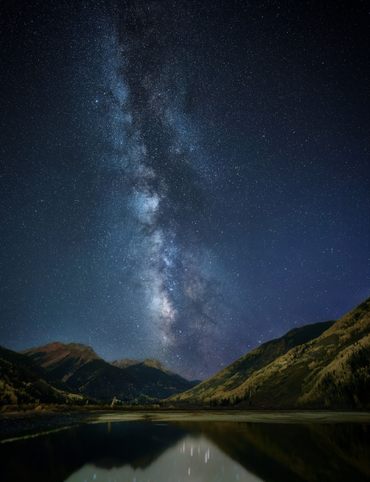
Cosmic Colorado: A Stargazer’s Guide to the Centennial State
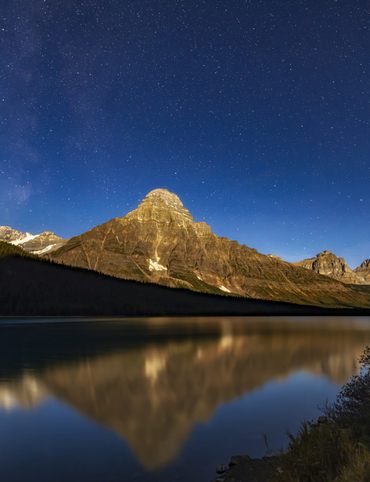
The Explorer’s Guide to Banff National Park

10 Wild Places That Define West Virginia’s Landscape
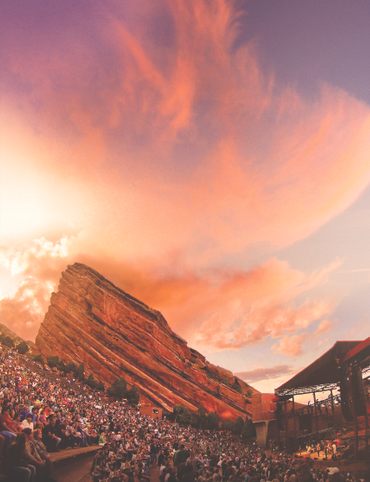
The Ultimate Guide to Hidden Red Rocks: 10 Secret Passageways, Artifacts, and Ghost Stories
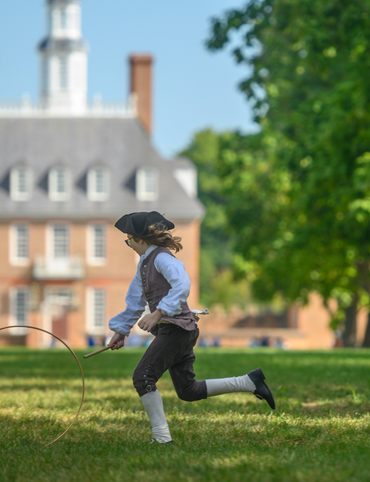
The Explorer’s Guide to Williamsburg, Virginia
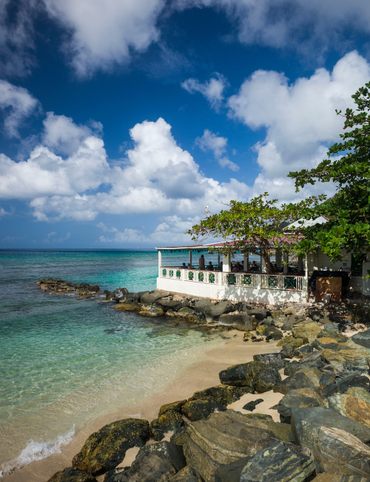
The Explorer’s Guide to the British Virgin Islands
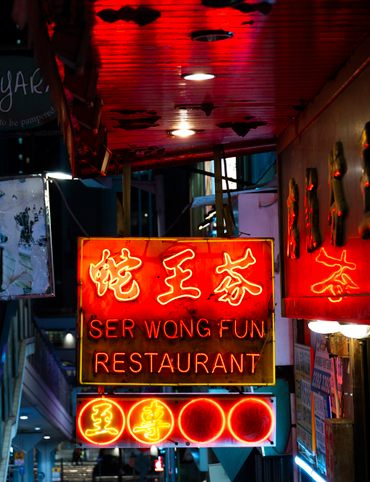
Gastro Obscura’s 10 Essential Places to Eat, Drink, and Shop in Hong Kong

A Denver Guide for National Park Lovers

Gastro Obscura’s 10 Essential Places to Eat and Drink in Oaxaca
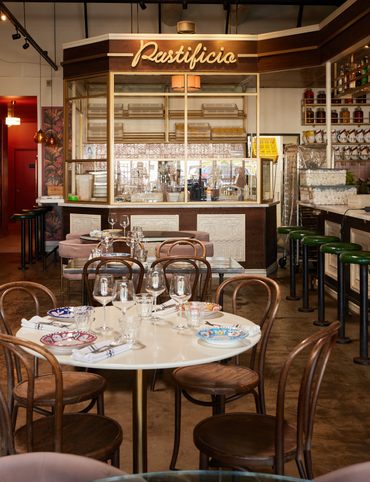
A Gastro Obscura Guide to Family-Friendly Dining in San Diego
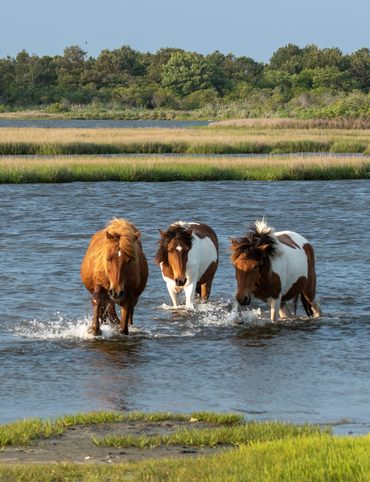
The Explorer’s Guide to Outdoor Wonders In Maryland
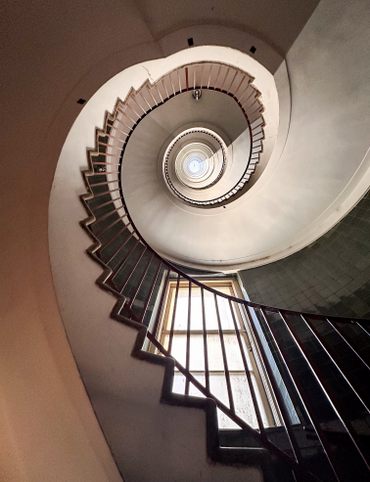
The Secret Lives of Cities: Ljubljana

From Cigar Boom to Culinary Gem: 10 Essential Spots in Ybor City
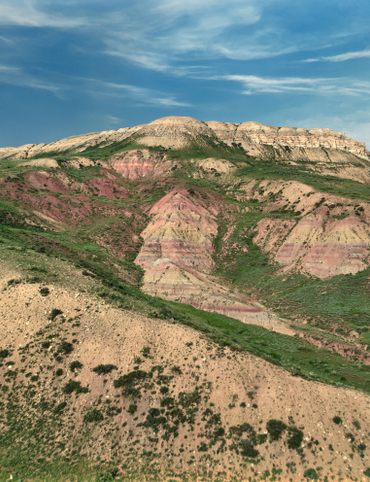
The Explorer’s Guide to Wyoming’s Captivating History

A Nature Lover’s Guide to Sarasota: 9 Wild & Tranquil Spots
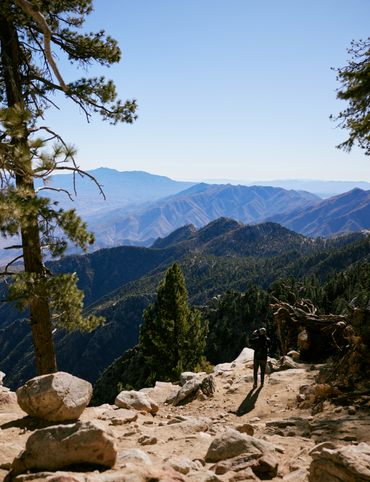
California’s Unbelievable Landscapes: A Guide to Nature’s Masterpieces
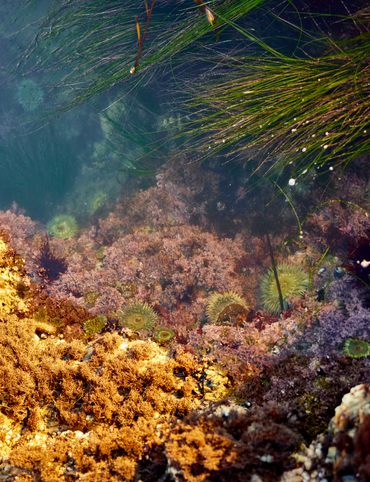
The Ultimate California Guide to Tide Pools and Coastal Marine Life

Explore California on Foot: Nature’s Year-Round Playground
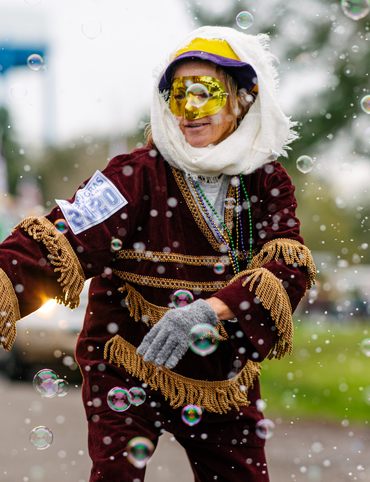
Mardi Gras 9 Ways: Parades, Cajun Music, And Courirs Across Louisiana
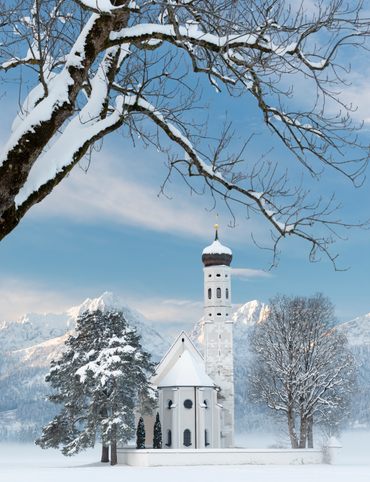
The Explorer’s Guide to Winter in Germany
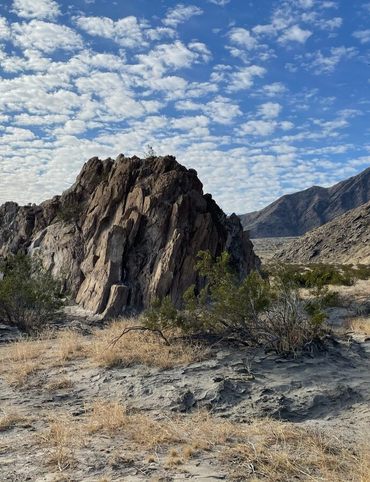
Ancient California: A Journey Through Time and Prehistoric Places

The Wildest West: Explore California’s Ghost Towns and Gold Fever Legacy
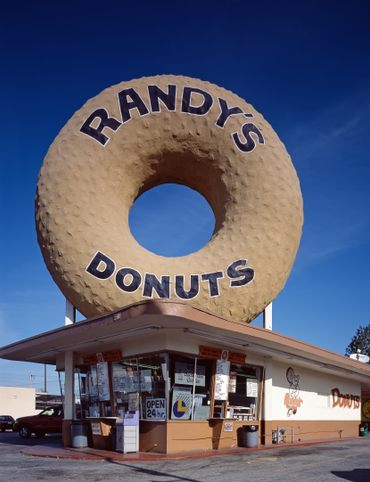
Sweet California: A Culinary Guide to Tasty Treats Across the State

Sea of Wonders: An Itinerary Through California’s Stunning Shoreline
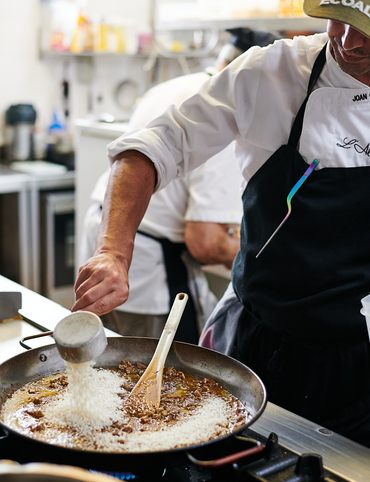
10 Places to Taste Catalonia’s Gastronomic Treasures

Atlas Obscura’s Guide to Palm Springs
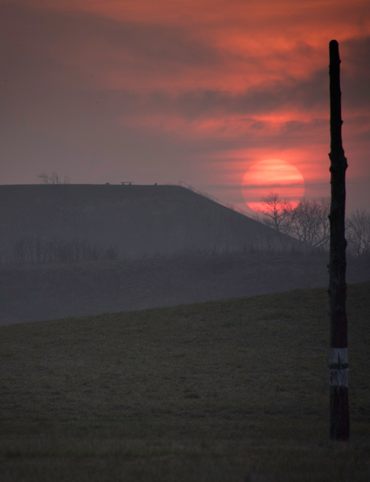
Atlas Obscura’s Guide to the 10 Most Mystifying Places in Illinois
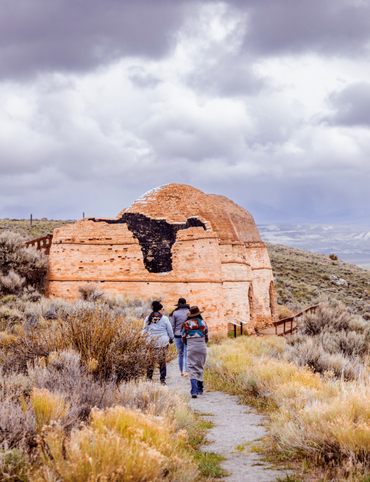
10 Fascinating Sites That Bring Idaho History to Life
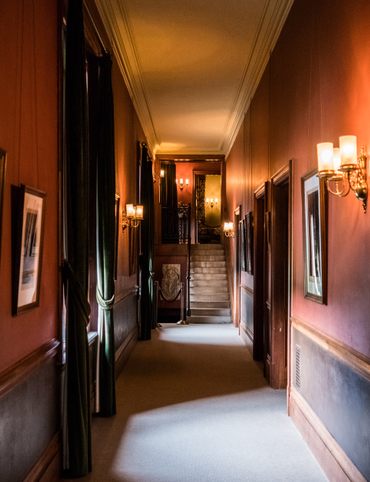
North Carolina's Paranormal Places, Scary Stories, & Local Haunts
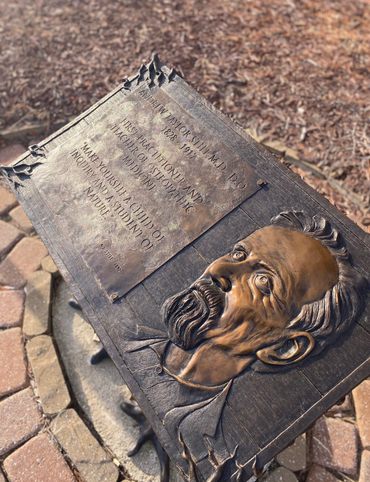
Exploring Missouri’s Legends: Unveiling the Stories Behind the State’s Iconic Figures
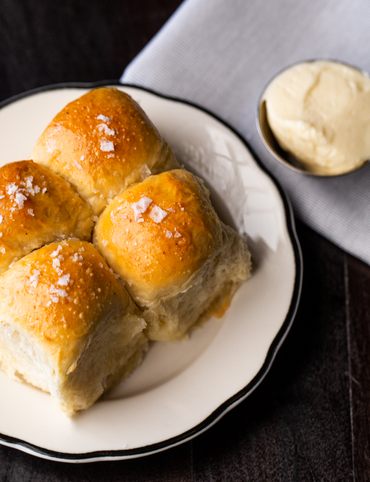
These Restaurants Are Dishing Out Alabama’s Most Distinctive Food

A Gastro Obscura Guide to Los Cabos
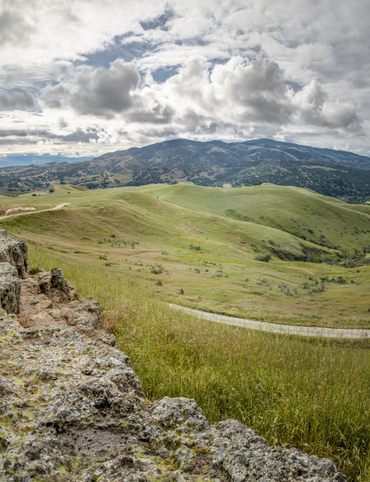
Discover the Surprising and Hidden History of Monterey County

Gastro Obscura’s Guide to Eating Your Way Through Charlotte
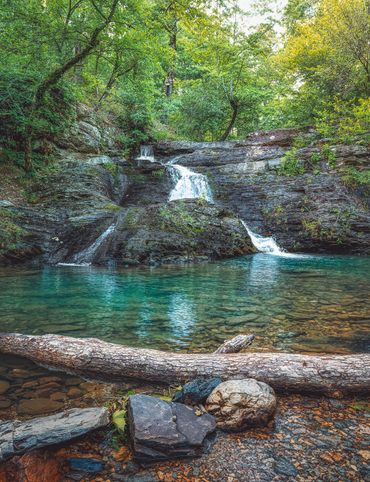
Talimena Scenic Byway: 6 Essential Stops for Your Arkansas Road Trip

9 Amazing Arkansas Adventures Along the Scenic 7 Byway
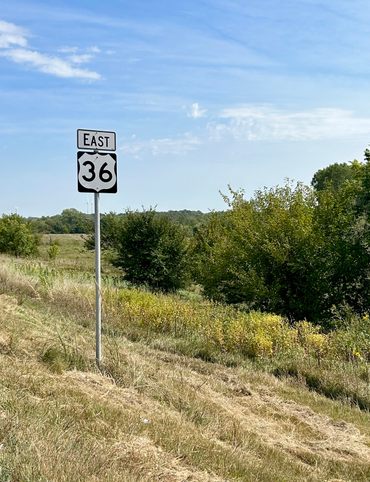
The Explorer's Guide to Highway 36: The Way of American Genius
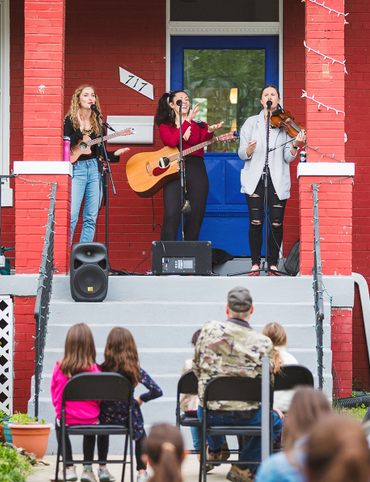
A Behind-the-Scenes Guide to DC’s Art and Music
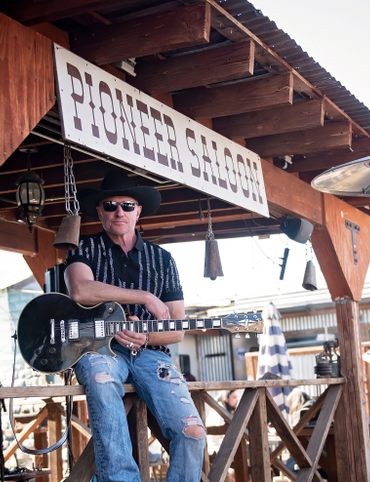
9 Places Near Las Vegas For a Different Kind of Tailgate
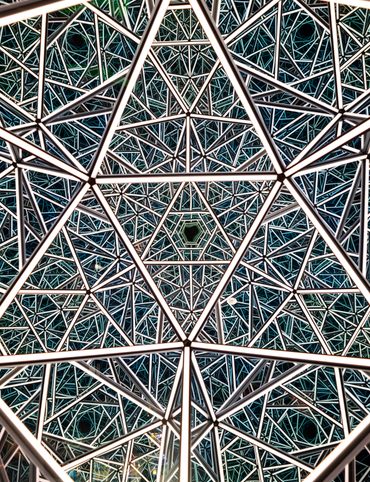
10 Places to See Amazing Art on Florida's Gulf Coast

8 Reasons Why You Should Visit the Bradenton Area

A Music Lover’s Guide to New Orleans
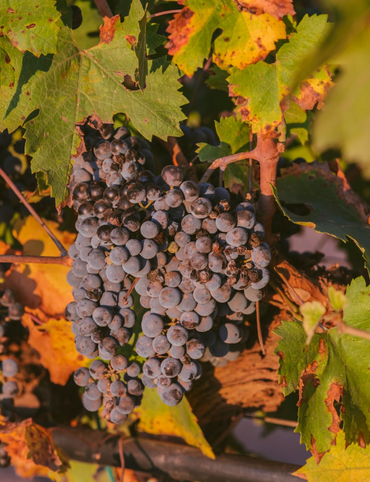
Gastro Obscura’s Guide to Sipping Wine in Catalonia
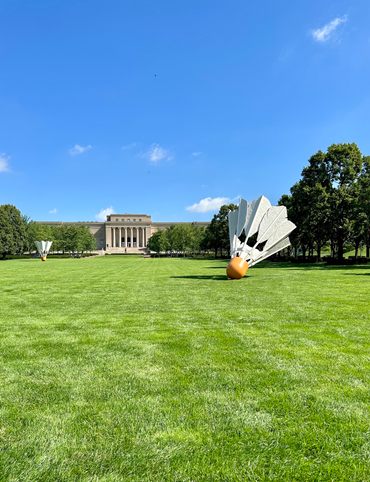
9 Hidden Wonders in the Heart of Kansas City

10 Unexpected Delights of Vermont's Arts and Culture Scene

Gastro Obscura’s Guide to Eating Through Maine
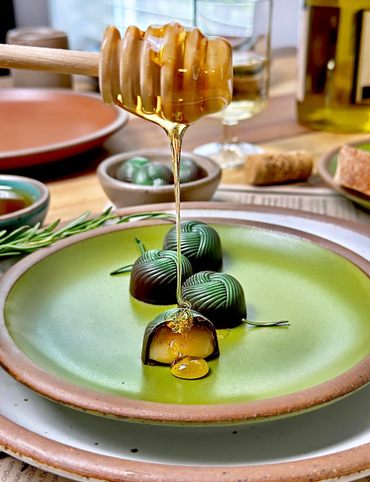
The Gastro Obscura Guide to Asheville Area Eats

Gastro Obscura’s Guide to St. Pete/Clearwater
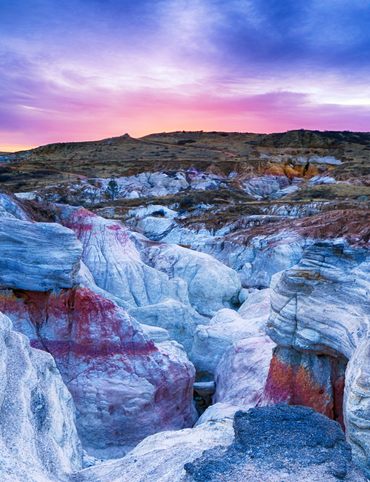
9 Hidden Wonders in Eastern Colorado
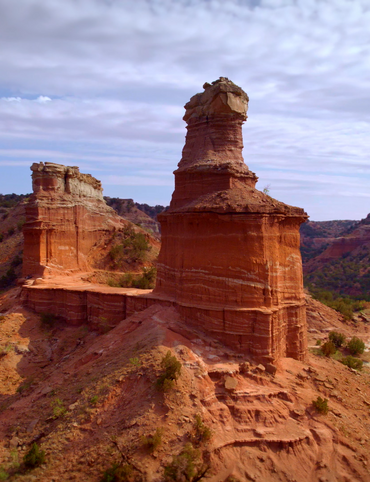
7 Places to Experience Big Wonder in Texas
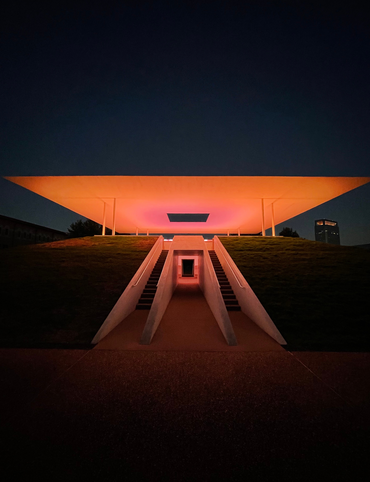
8 Out-There Art Destinations in Texas
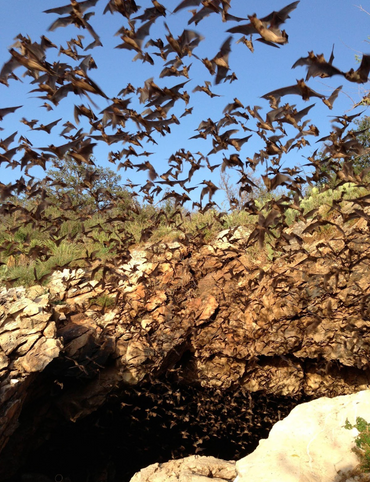
6 Ways To See Texas Below the Surface

9 Places to Dive Into Fresh Texas Waters
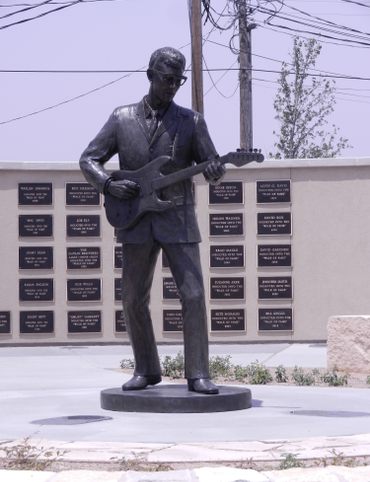
7 Ways to Explore Music (and History) in Texas
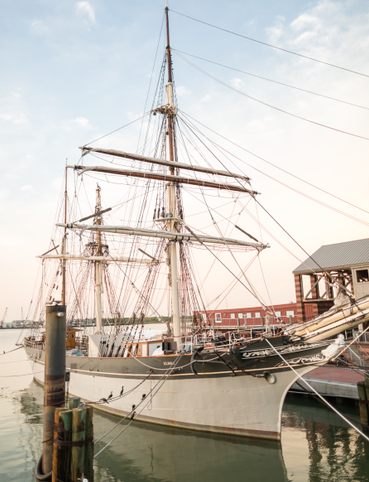
8 Ways to Discover Texas’ Rich History

The Explorer’s Guide to the Northern Territory, Australia
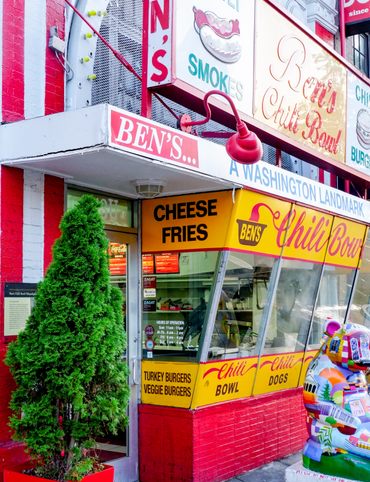
The Explorer's Guide to U Street Corridor

Gastro Obscura Guide to Southern Eats
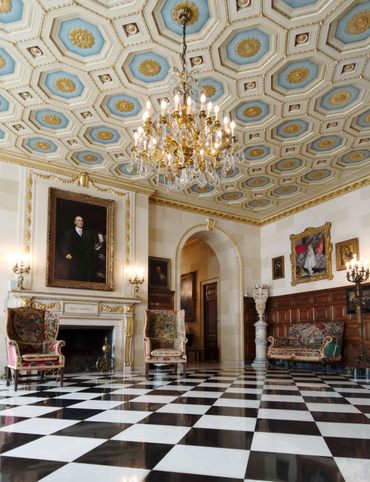
Only In Delaware

The Secret History & Hidden Wonders of Charlotte, North Carolina
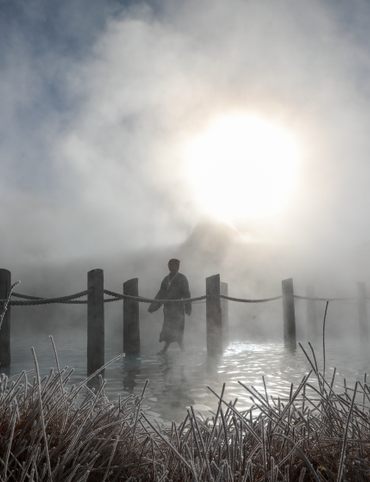
Exploring Colorado's Historic Hot Springs Loop
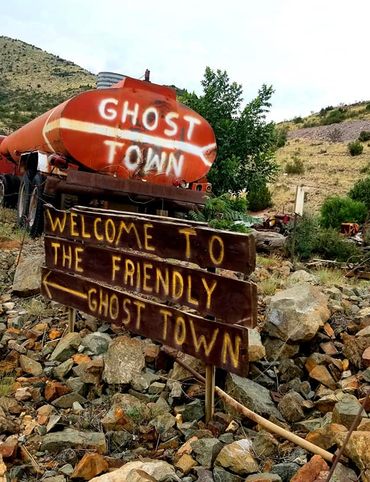
These 8 Arizona Ghost Towns Will Transport You to the Wild West
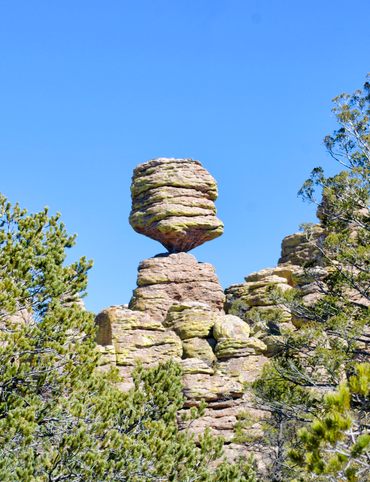
A Guide to Arizona’s Most Striking Natural Wonders
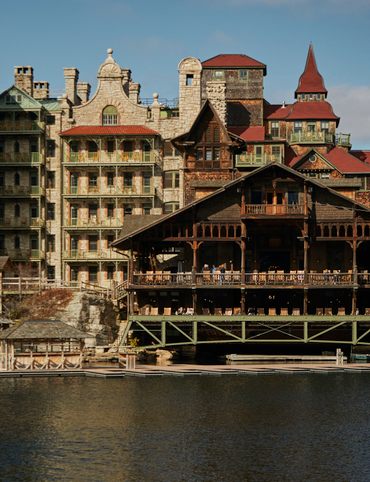
The Explorer's Guide to Hudson Valley, New York
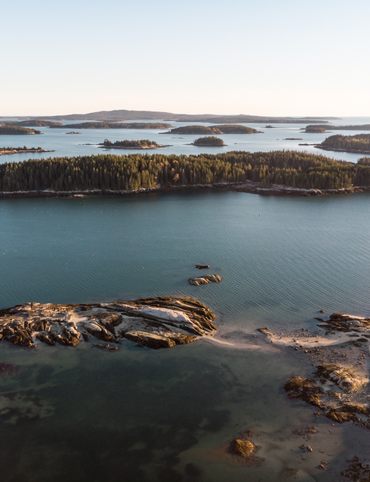
Discover the Endless Beauty of the Pine Tree State

Travel to New Heights Around the Pine Tree State

8 Historical Must-Sees in Granbury, Texas
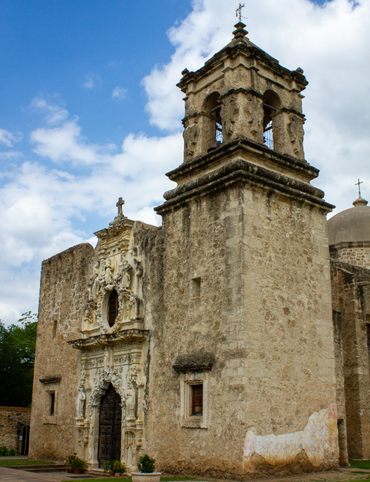
7 Creative Ways to Take in San Antonio’s Culture
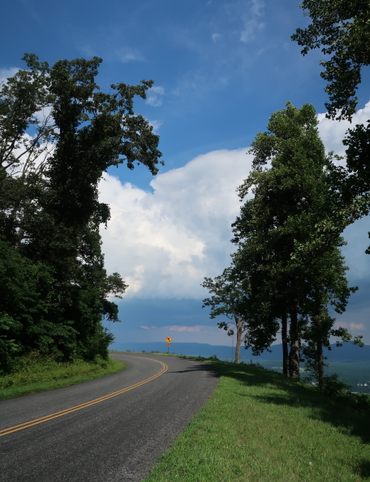
Eat Across the Blue Ridge Parkway
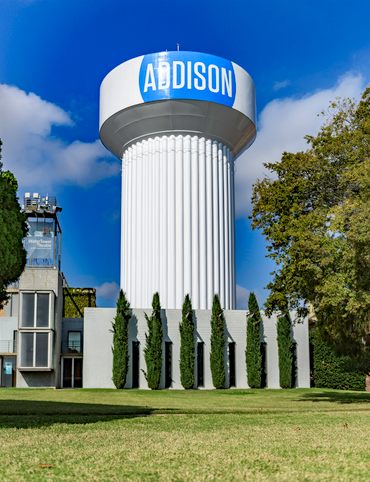
6 Ways to Absorb Addison, Texas’ Arts and Culture

6 Ways to Take in the History of Mesquite, Texas

6 Ways to Soak Up Plano’s Art and Culture
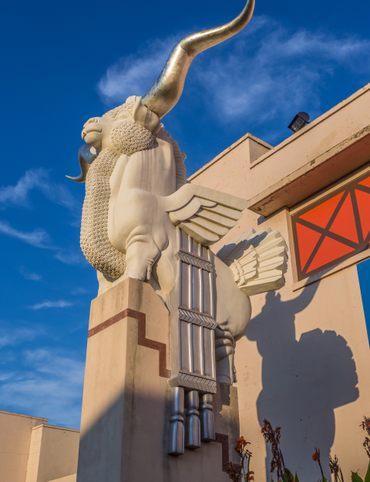
9 Dallas Spots for Unique Art and Culture
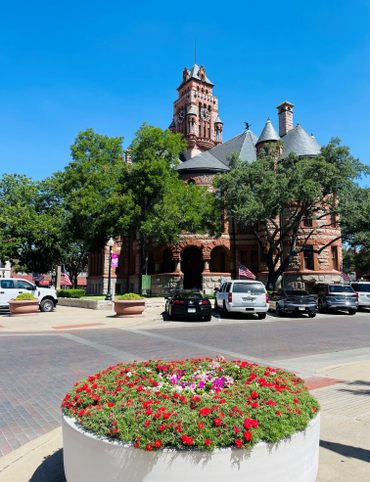
7 Sites of Small-Town History in Waxahachie, Texas
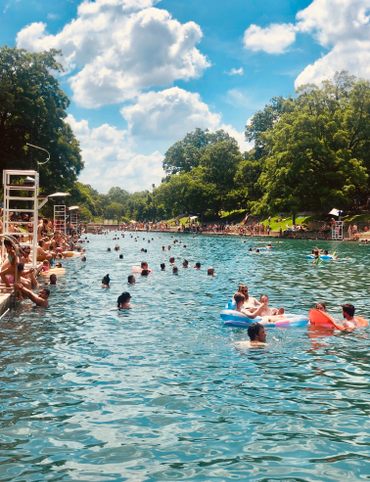
6 Natural Wonders to Discover in Austin, Texas
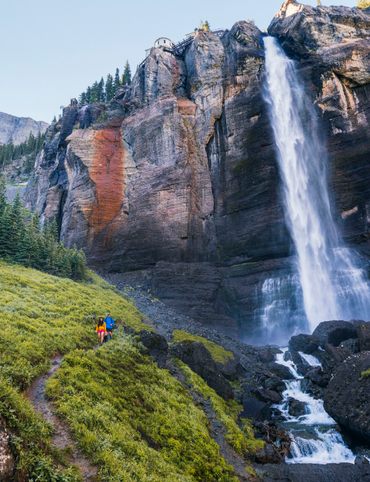
Discover the Secrets of Colorado’s Mountains and Valleys

A Road Trip Into Colorado’s Prehistoric Past

A Feminist Road Trip Across the U.S.
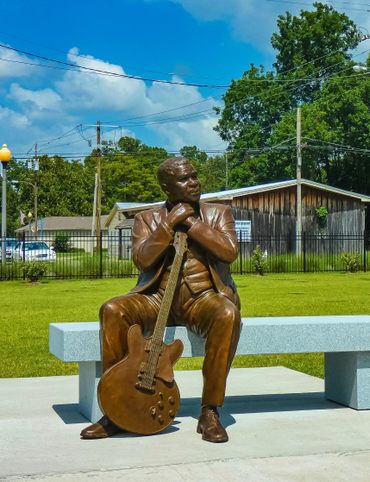
All Points South
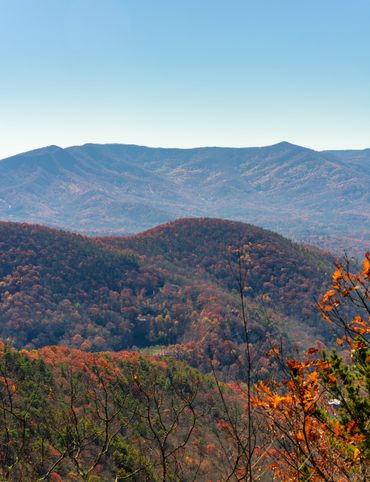
Asheville: Off the Beaten Path
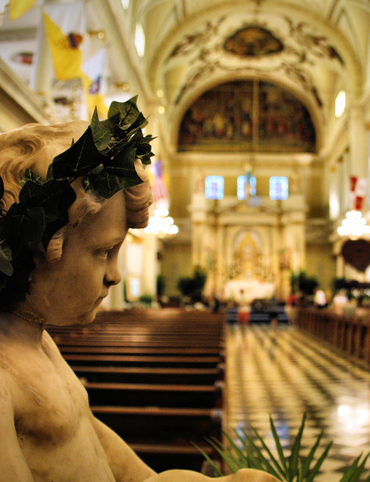
Restless Spirits of Louisiana
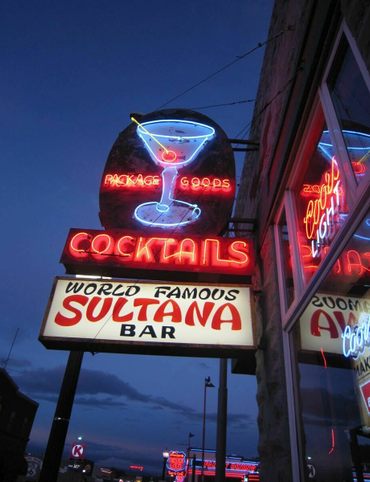
Eat Across Route 66
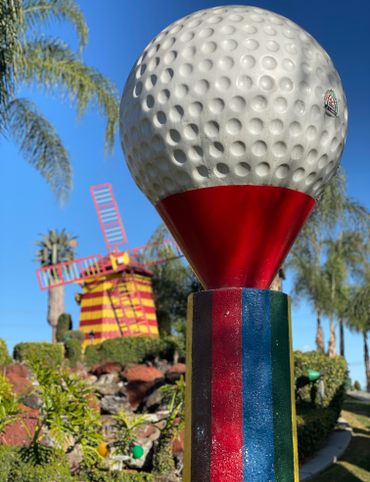
18 Mini Golf Courses You Should Go Out of Your Way to Play

4 Underwater Wonders of Florida
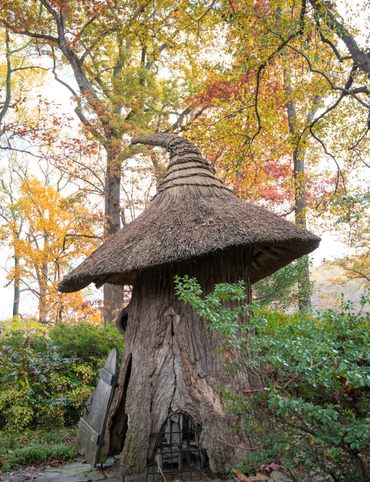
6 Spots Where the World Comes to Delaware

Study Guide: Road Trip from Knoxville to Nashville
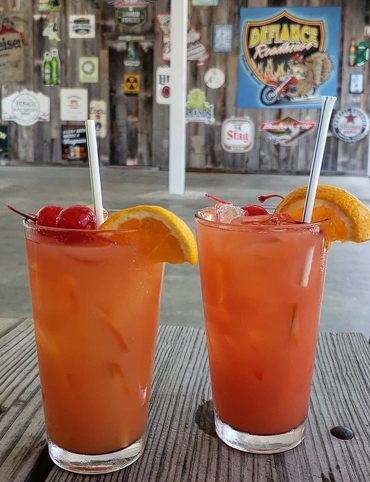
6 Wondrous Places to Get Tipsy in Missouri
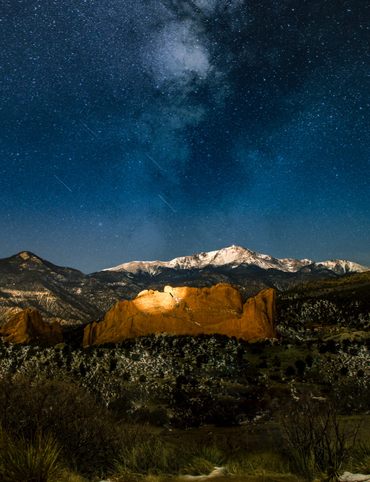
Rogue Routes: The Road to Pikes Peak

Rogue Routes: The Road to Carhenge

4 Pop-Culture Marvels in Iowa

7 Stone Spectacles in Georgia

6 Stone-Cold Stunners in Idaho
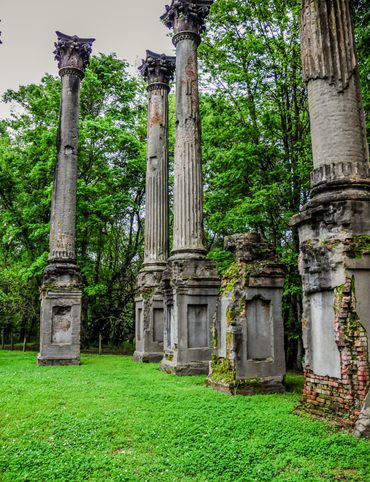
8 Historic Spots to Stop Along Mississippi's Most Famous River
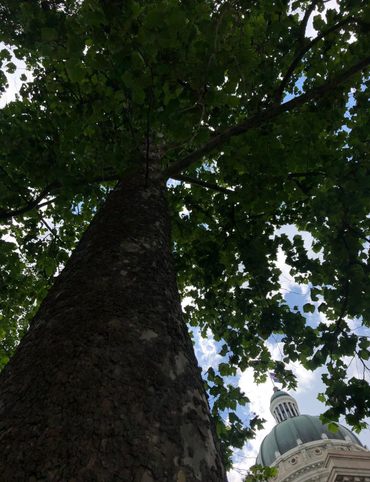
5 Incredible Trees You Can Find Only in Indiana
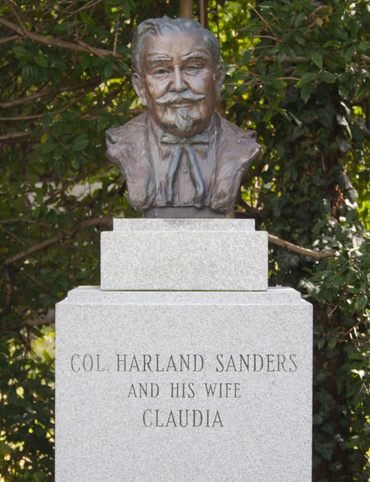
5 Famous and Delightfully Obscure Folks Buried in Kentucky

4 Wacky Wooden Buildings in Wyoming
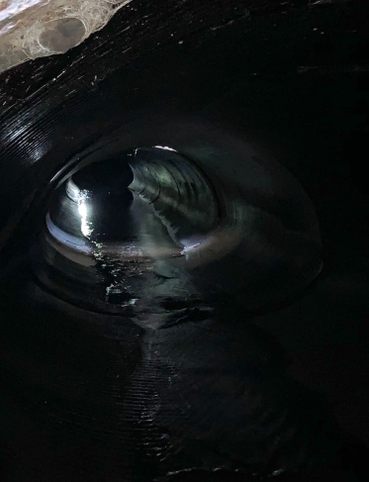
7 Spots to Explore New Jersey’s Horrors, Hauntings, and Hoaxes
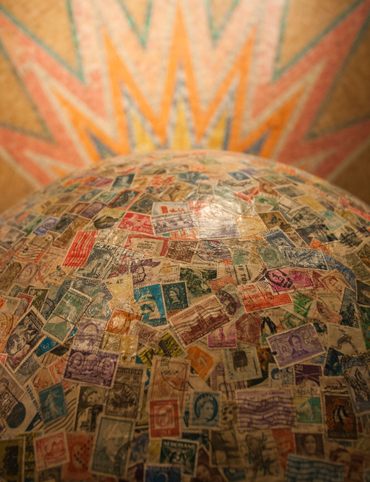
4 Out-There Exhibits Found Only in Nebraska

6 Sweet and Savory Snacks Concocted in Utah
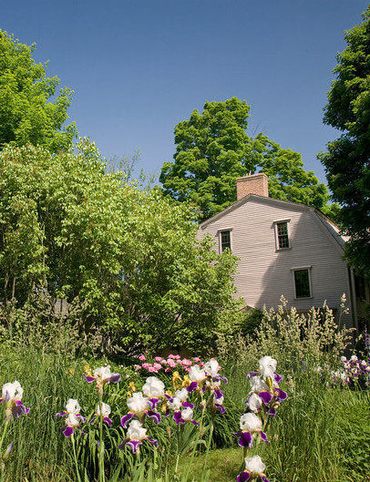
12 Places in Massachusetts Where Literature Comes to Life
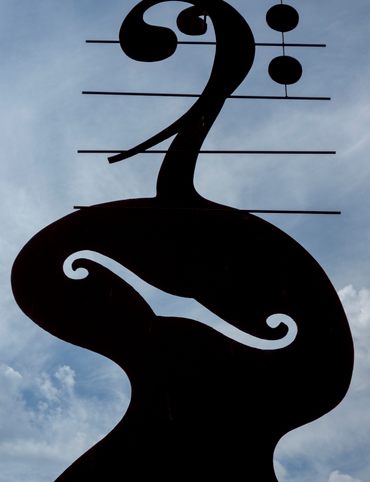
8 Places to Get Musical in Minnesota
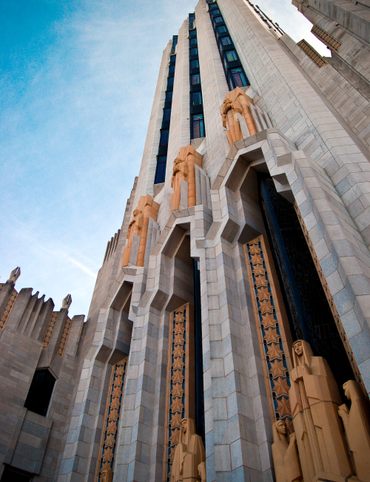
8 Buildings That Prove Oklahoma's an Eclectic Art Paradise
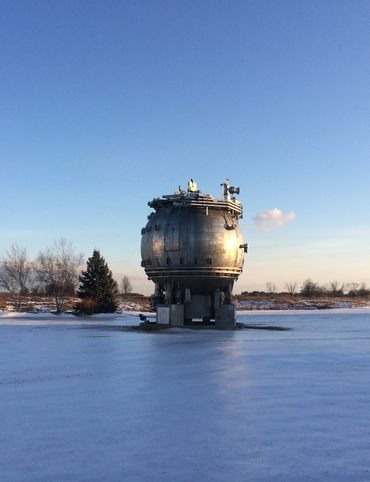
9 Stunning Scientific Sites in Illinois
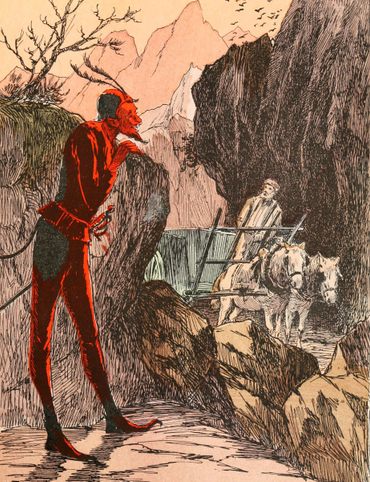
5 Strange and Satanic Spots in New Hampshire
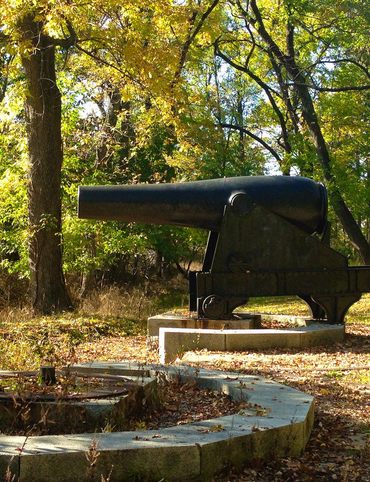
8 Historic Military Relics in Maryland
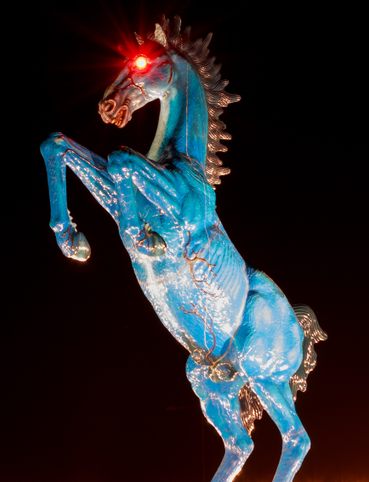
5 of Colorado's Least-Natural Wonders

Rogue Routes: The Road to Sky’s the Limit

6 Hallowed Grounds in South Carolina
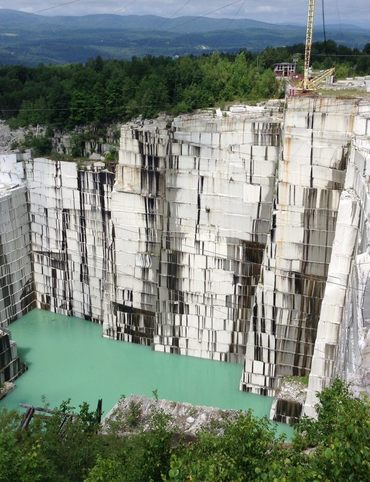
9 Rocking Places in Vermont

Knoxville Study Guide
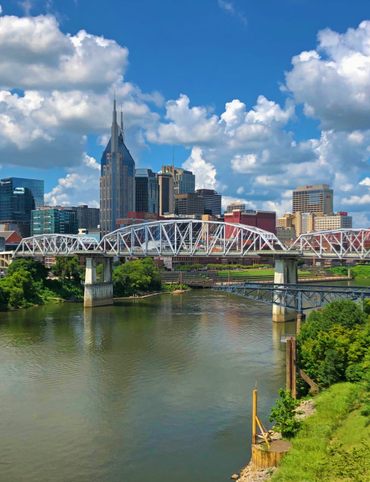
Nashville Study Guide
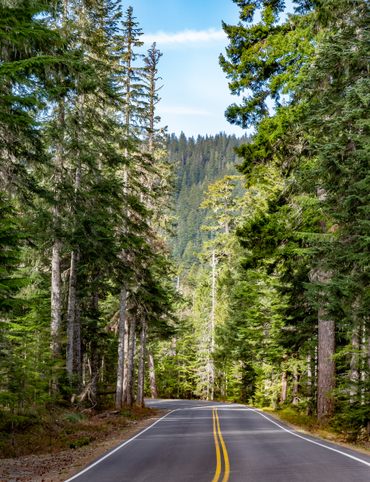
Rogue Routes: The Road to Camp Colton
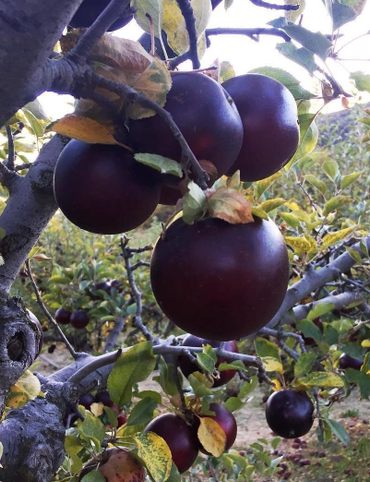
Black Apples and 6 Other Southern Specialties Thriving in Arkansas
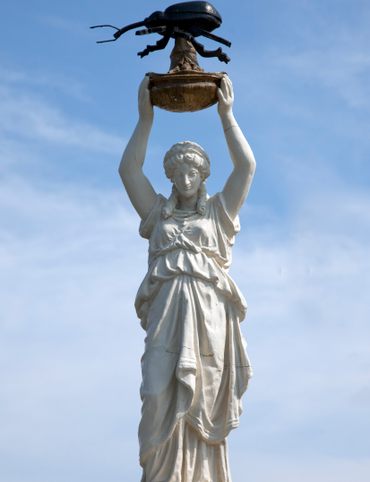
4 Monuments to Alabama’s Beloved Animals
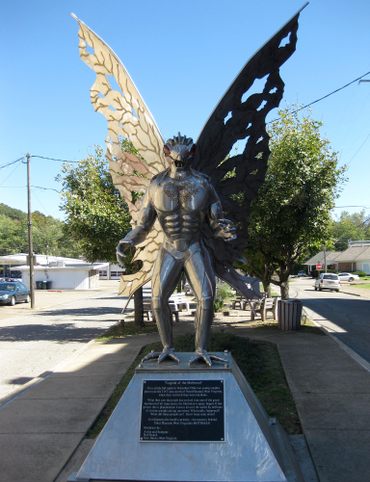
The Dark History of West Virginia in 9 Sites
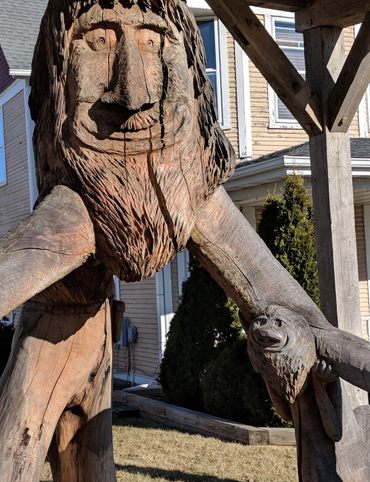
11 Zany Collections That Prove Wisconsin's Quirkiness
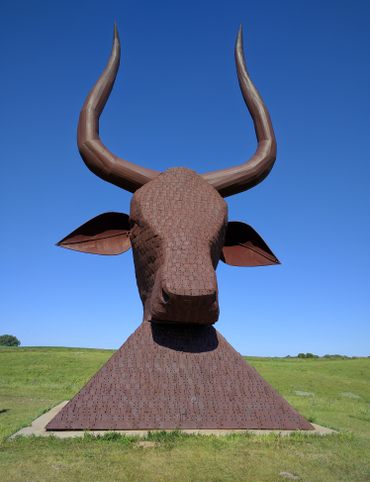
7 Inexplicably Huge Animals in South Dakota
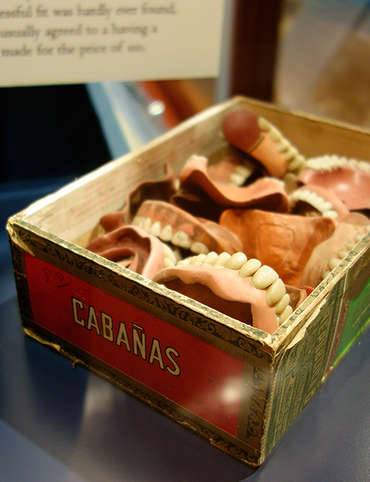
6 Fascinating Medical Marvels in Pennsylvania
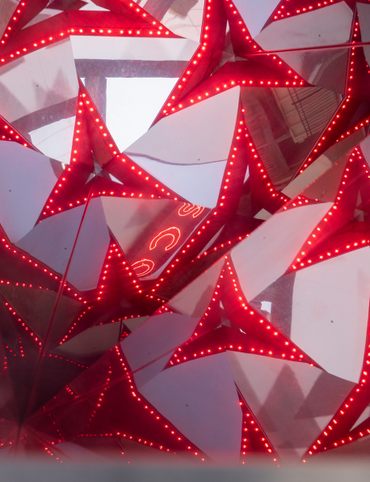
8 Places in Virginia That Aren’t What They Seem
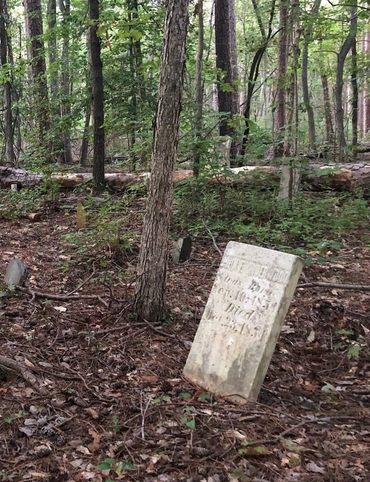
7 Cool, Creepy, and Unusual Graves Found in North Carolina
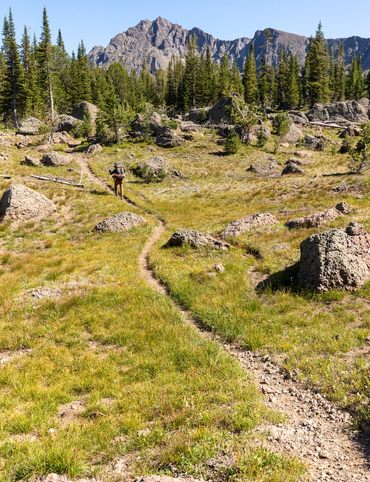
7 of Montana's Spellbinding Stone Structures
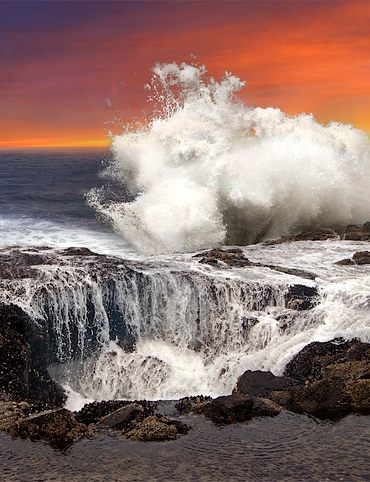
9 of Oregon’s Most Fascinating Holes and Hollows
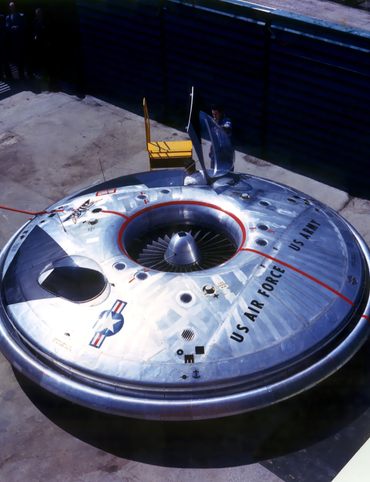
Take to the Skies With These 9 Gravity-Defying Sites in Ohio
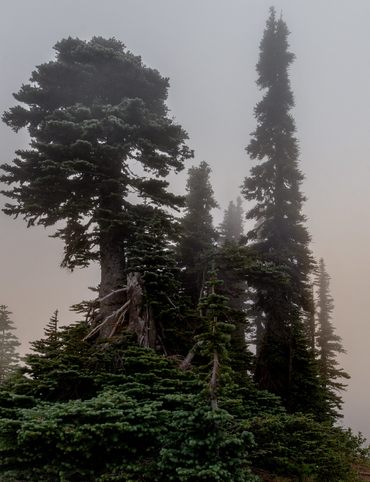
9 Strange and Surreal Spots in Washington State
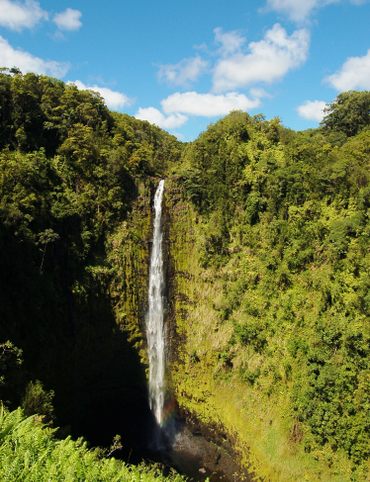
8 Watery Wonders in Hawaiʻi, Without Setting Foot in the Ocean

6 Unusual Eats Curiously Cooked Up in Connecticut

11 Close Encounters With Aliens and Explosions in New Mexico
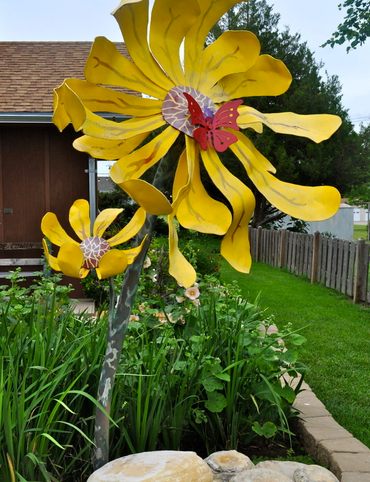
10 Places to Trip Way Out in Kansas
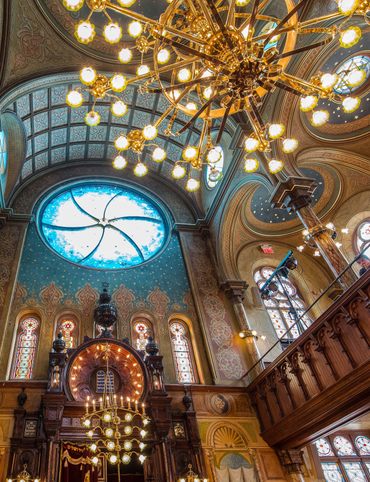
The Resilience of New York in 10 Remarkable Sites

7 Very Tall Things in Very Flat North Dakota
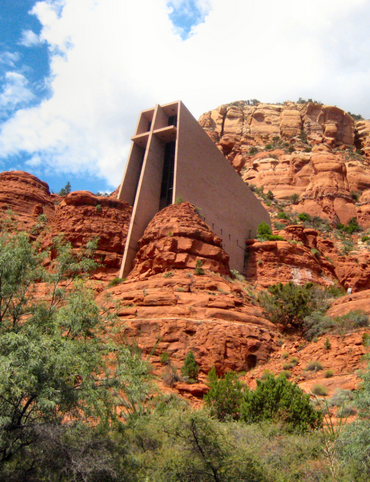
8 Blissfully Shady Spots to Escape the Arizona Sun
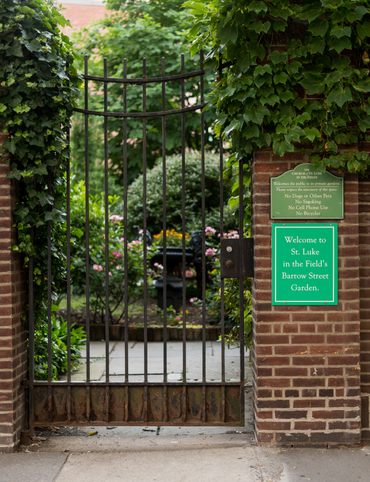
On the Run: NYC
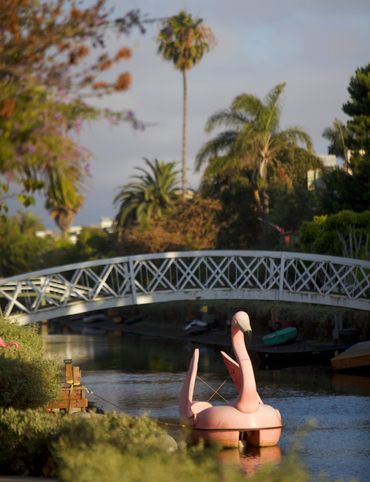
On the Run: Los Angeles

9 Surprisingly Ancient Marvels in Modern California

10 Art Installations That Prove Everything's Bigger in Texas
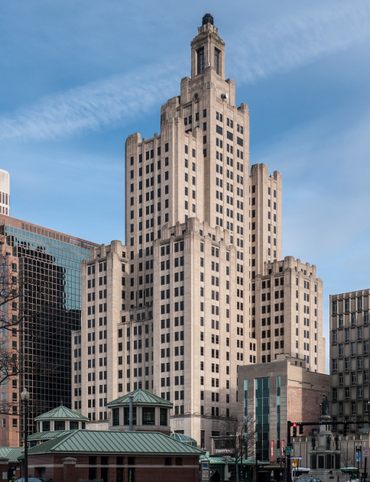
6 Huge Things in Tiny Rhode Island
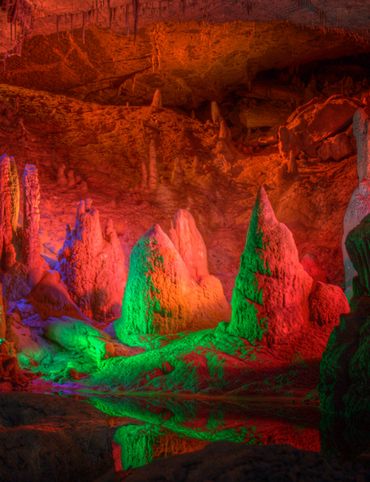
7 Underground Thrills Only Found in Tennessee

Sink Into 7 of Louisiana's Swampiest Secrets

7 Mechanical Marvels in Michigan

11 Wholesome Spots in Nevada

7 Places to Glimpse Maine's Rich Railroad History
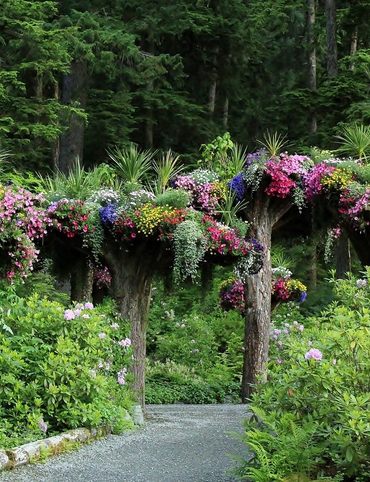
11 Places Where Alaska Bursts Into Color
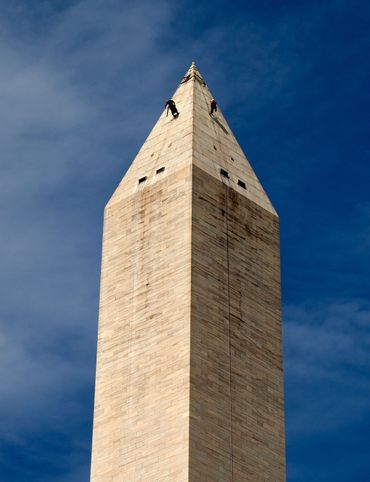
9 Places in D.C. That You're Probably Never Allowed to Go
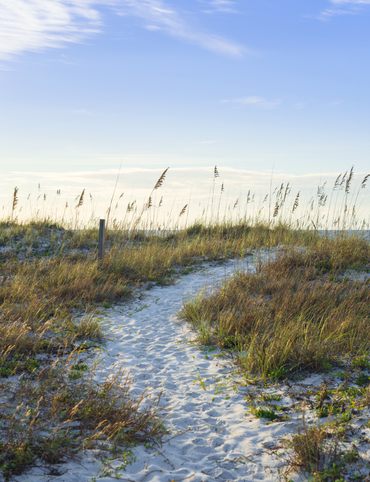
2 Perfect Days in Pensacola
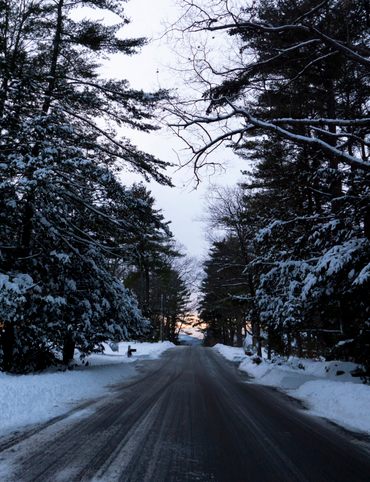
Rogue Routes: The Road to the Ice Castles

Taste of Tucson
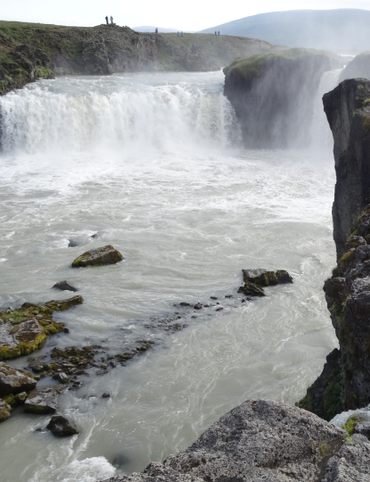
North Iceland’s Untamed Coast

Hidden Edinburgh
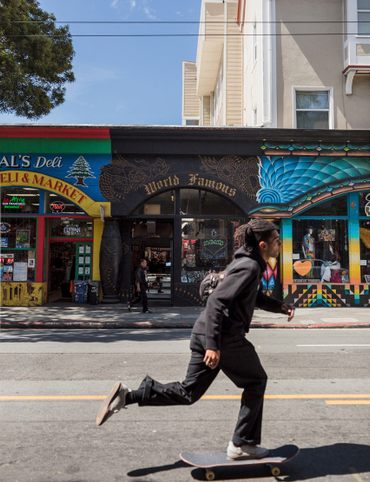
Hidden Haight-Ashbury
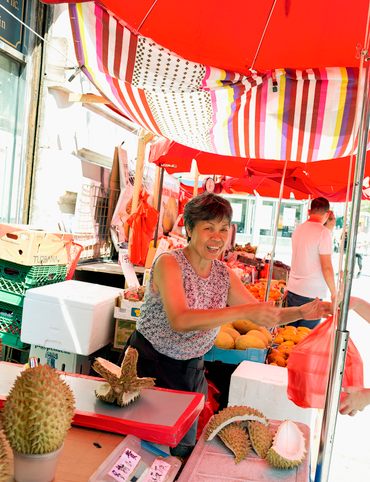
The Many Flavors of NYC’s Five Boroughs
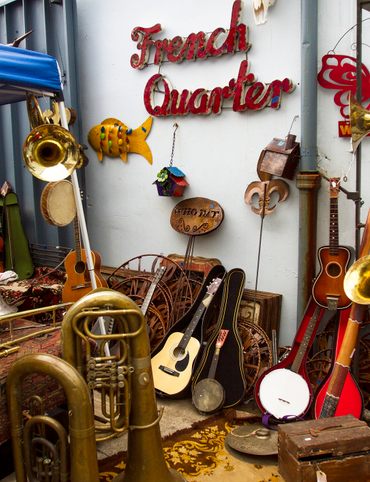
Hidden French Quarter
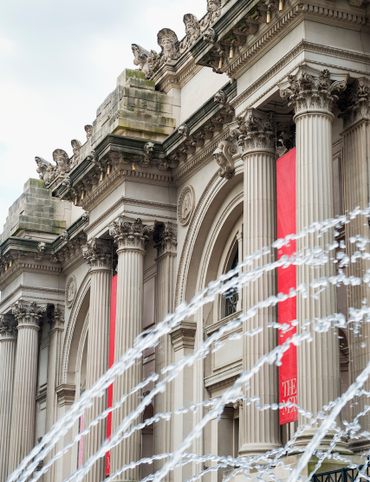
The Metropolitan Museum of Art
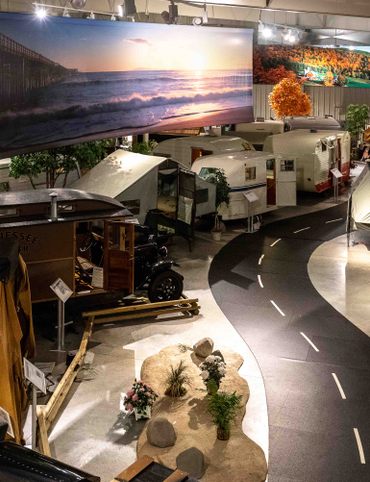
Motown to Music City Road Trip

Gulf Coast Road Trip

Hidden Coachella Valley
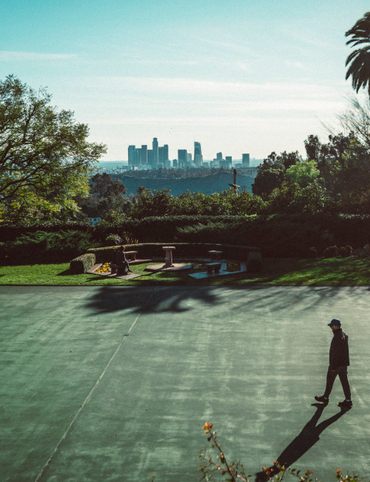
Highland Park

Venice
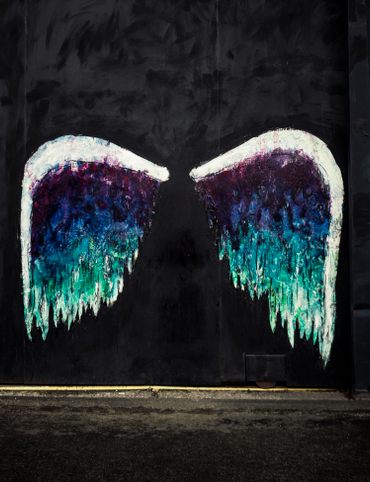
L.A.’s Downtown Arts District
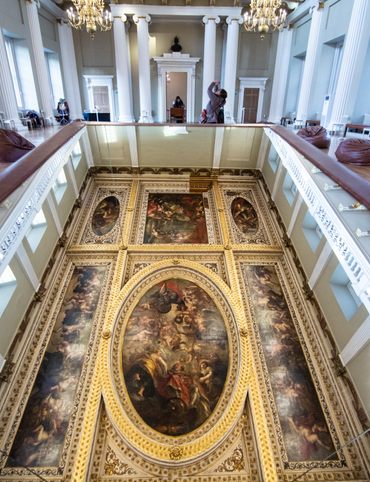
Hidden Trafalgar Square

Secrets of NYC’s Five Boroughs

Mexico City's Centro Histórico

Hidden Hollywood
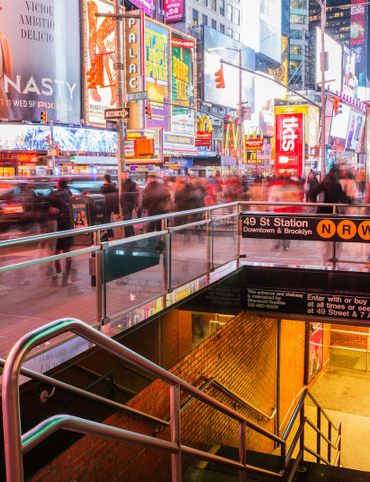
Hidden Times Square

Summer Radio Road-Trip
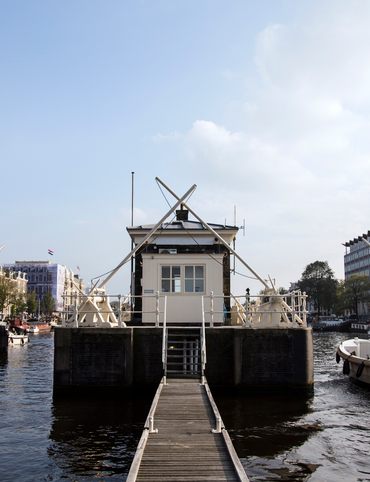
Amsterdam
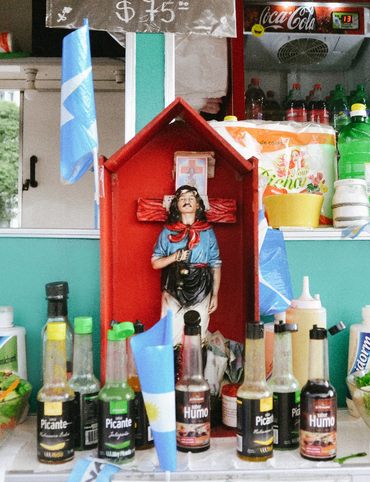
Buenos Aires
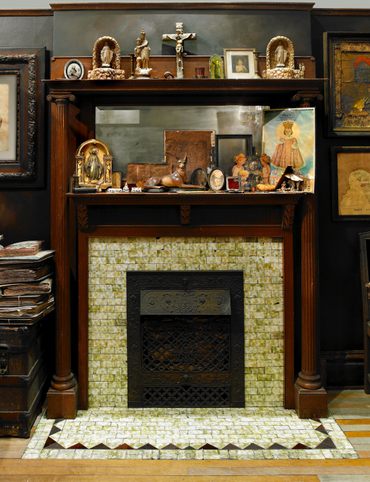
Chicago
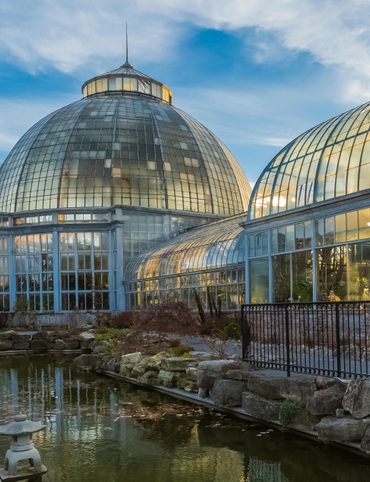
Detroit
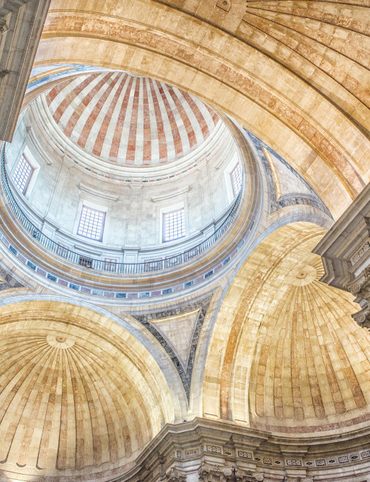
Lisbon

Miami
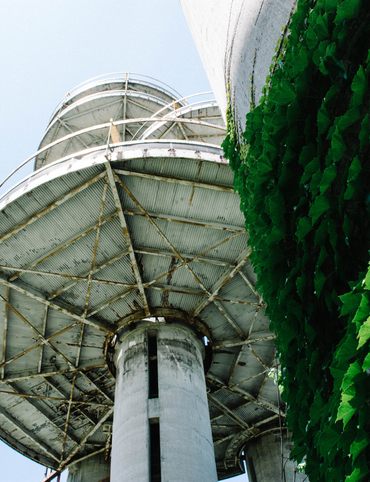
Queens

San Diego
